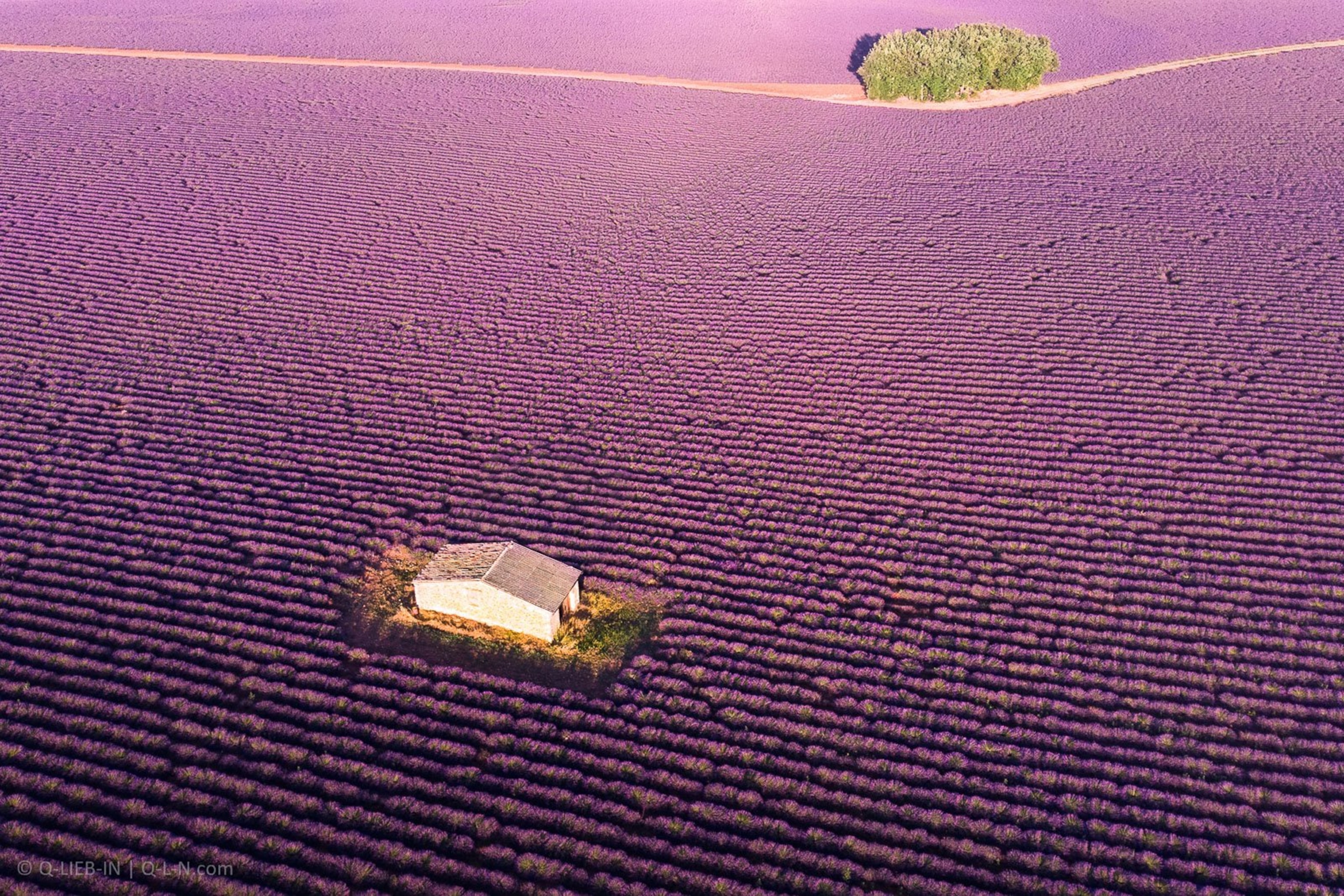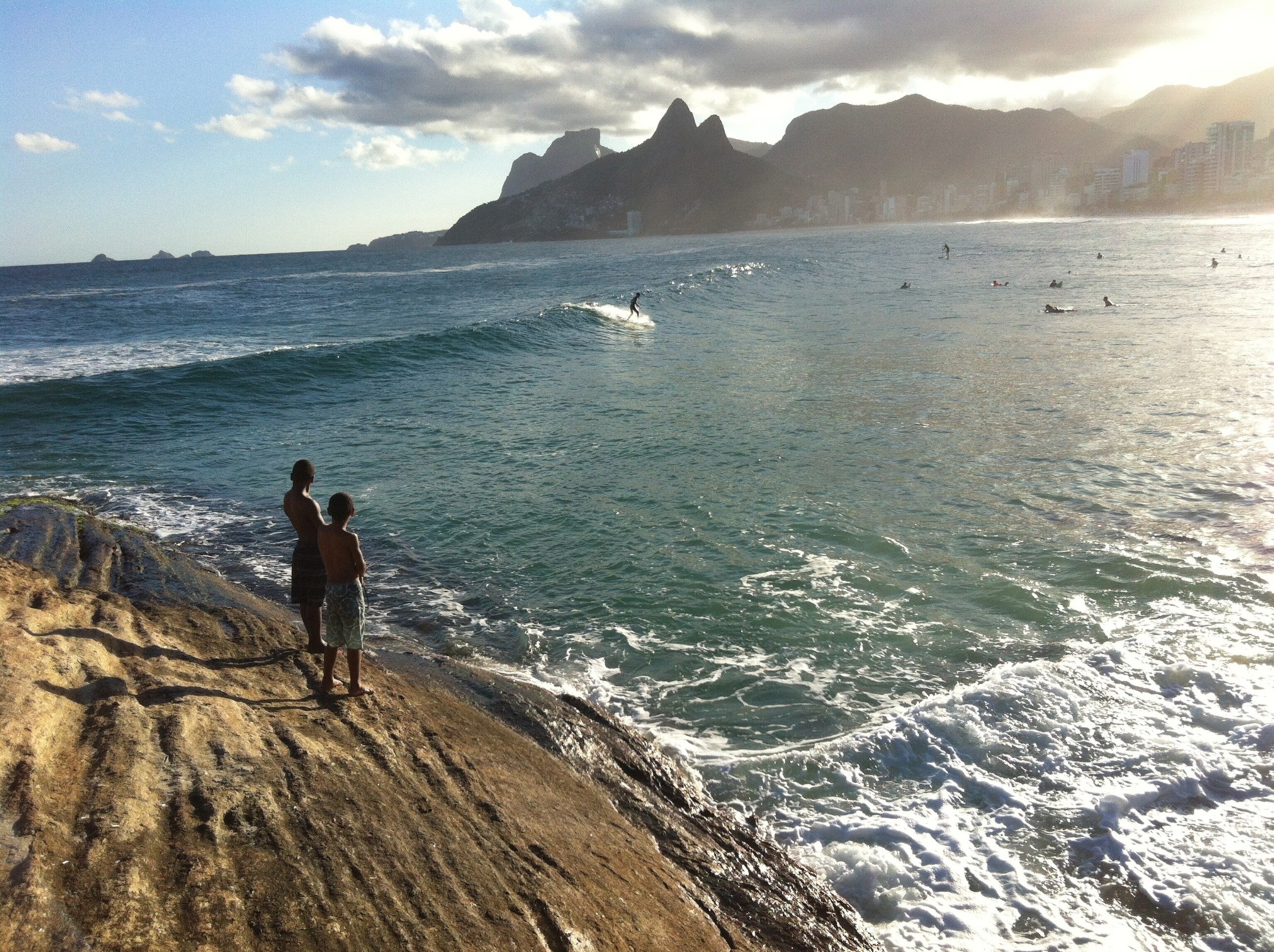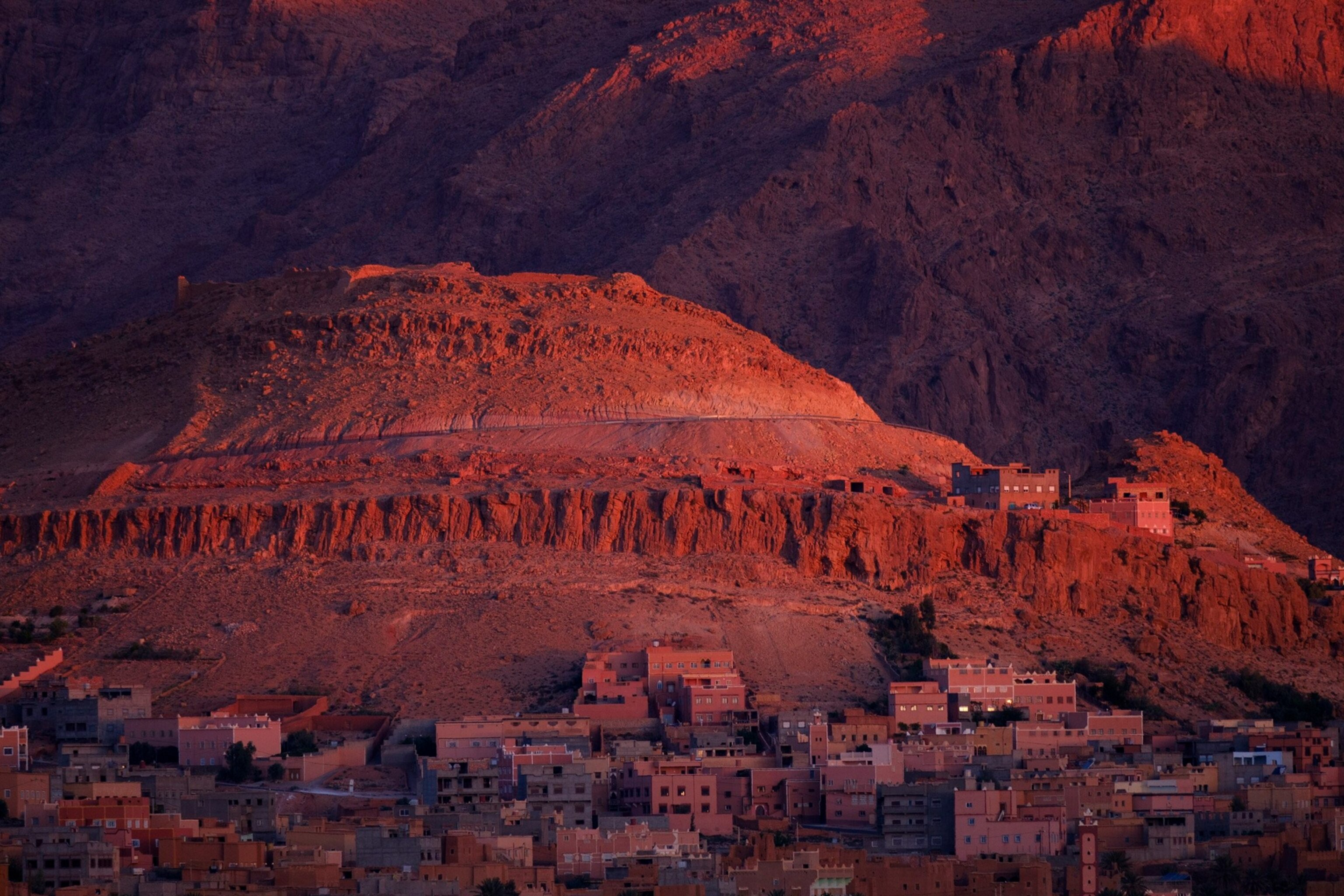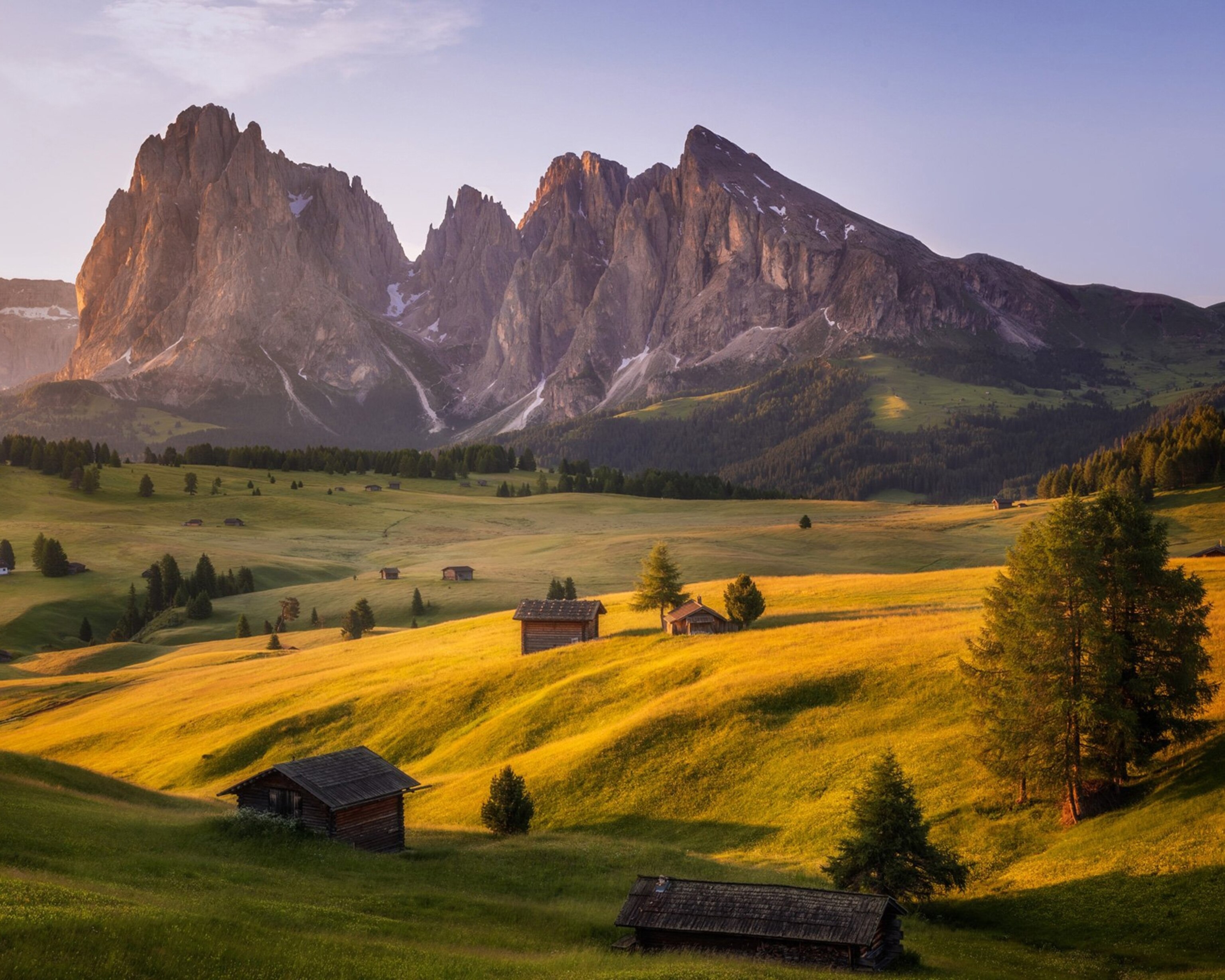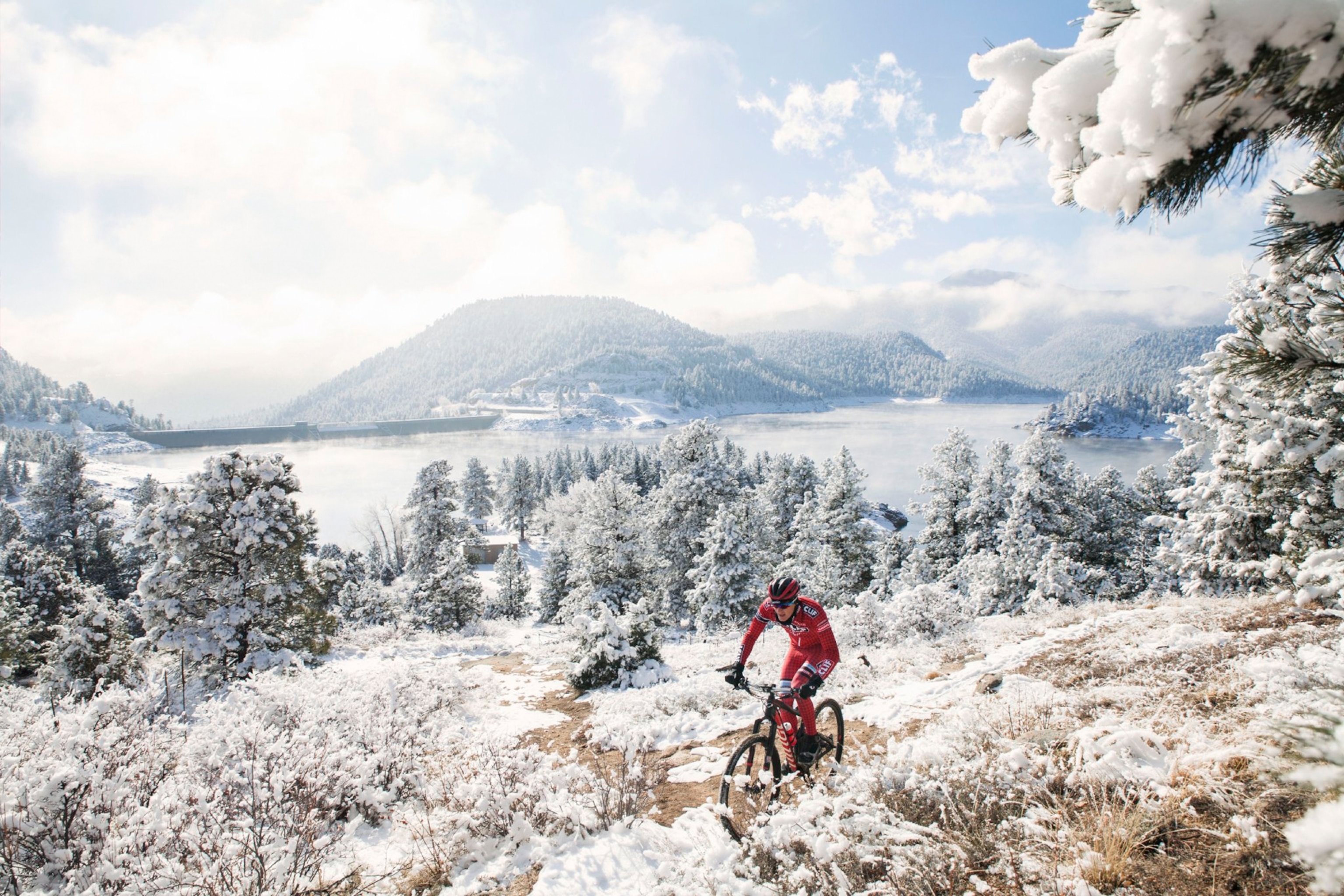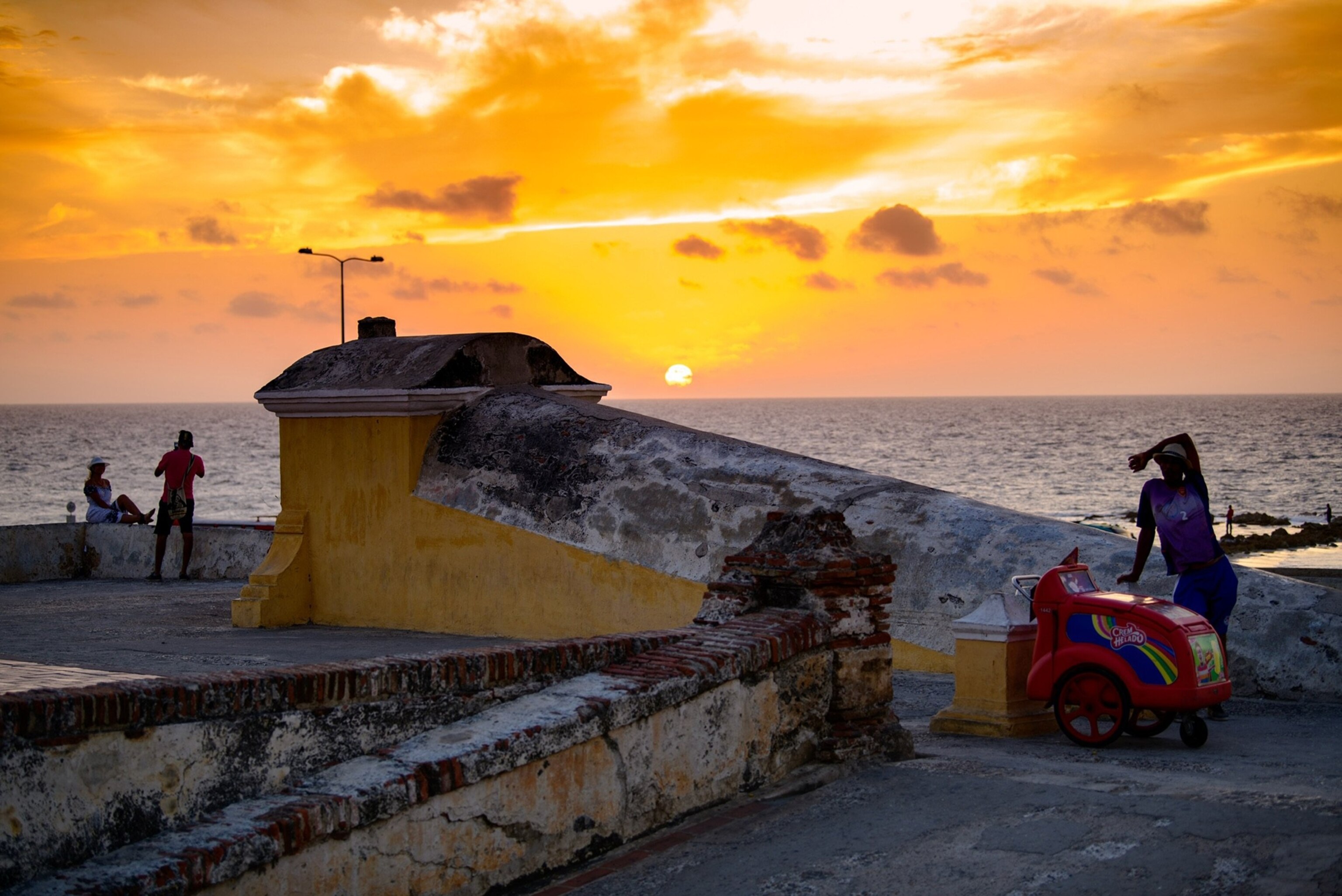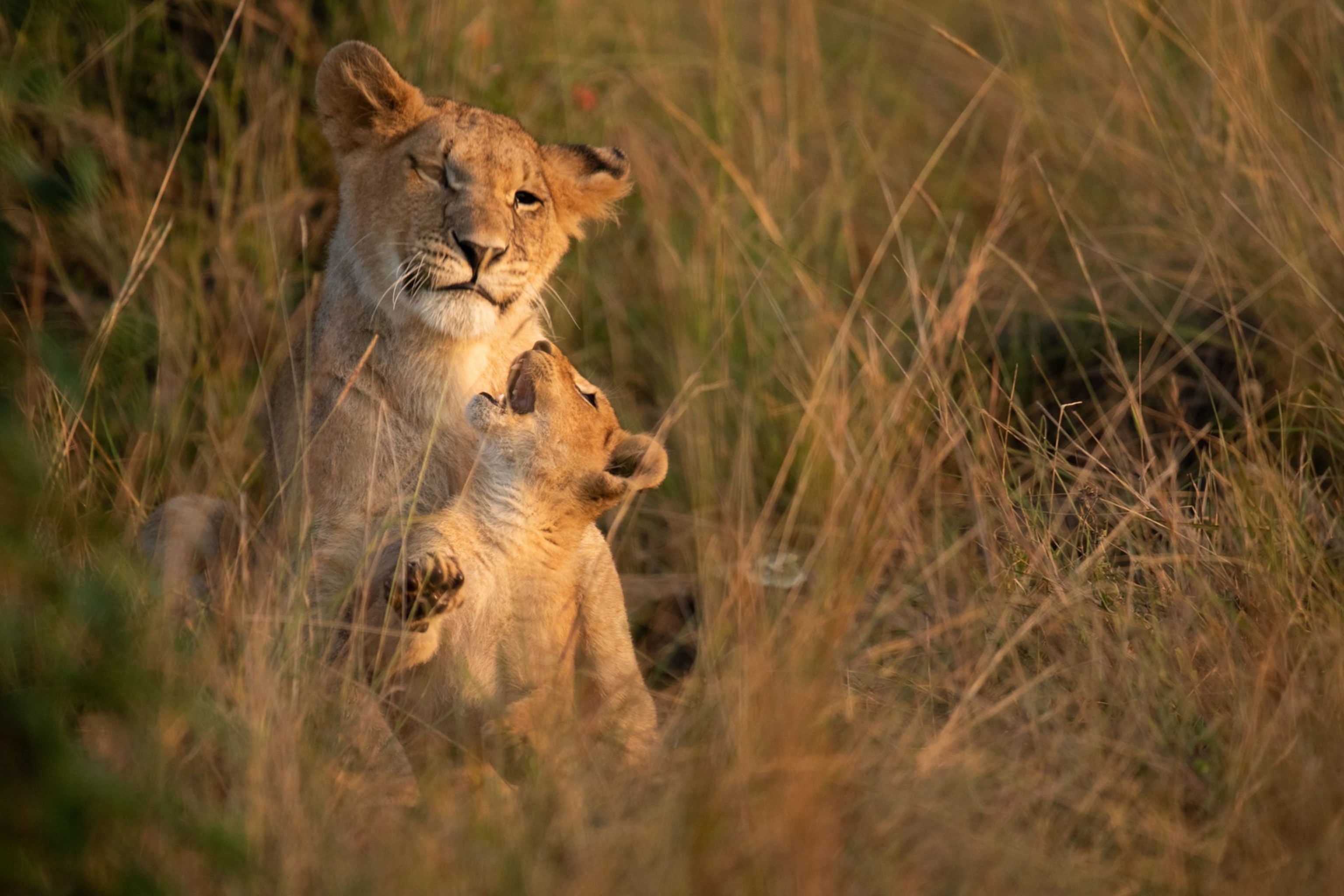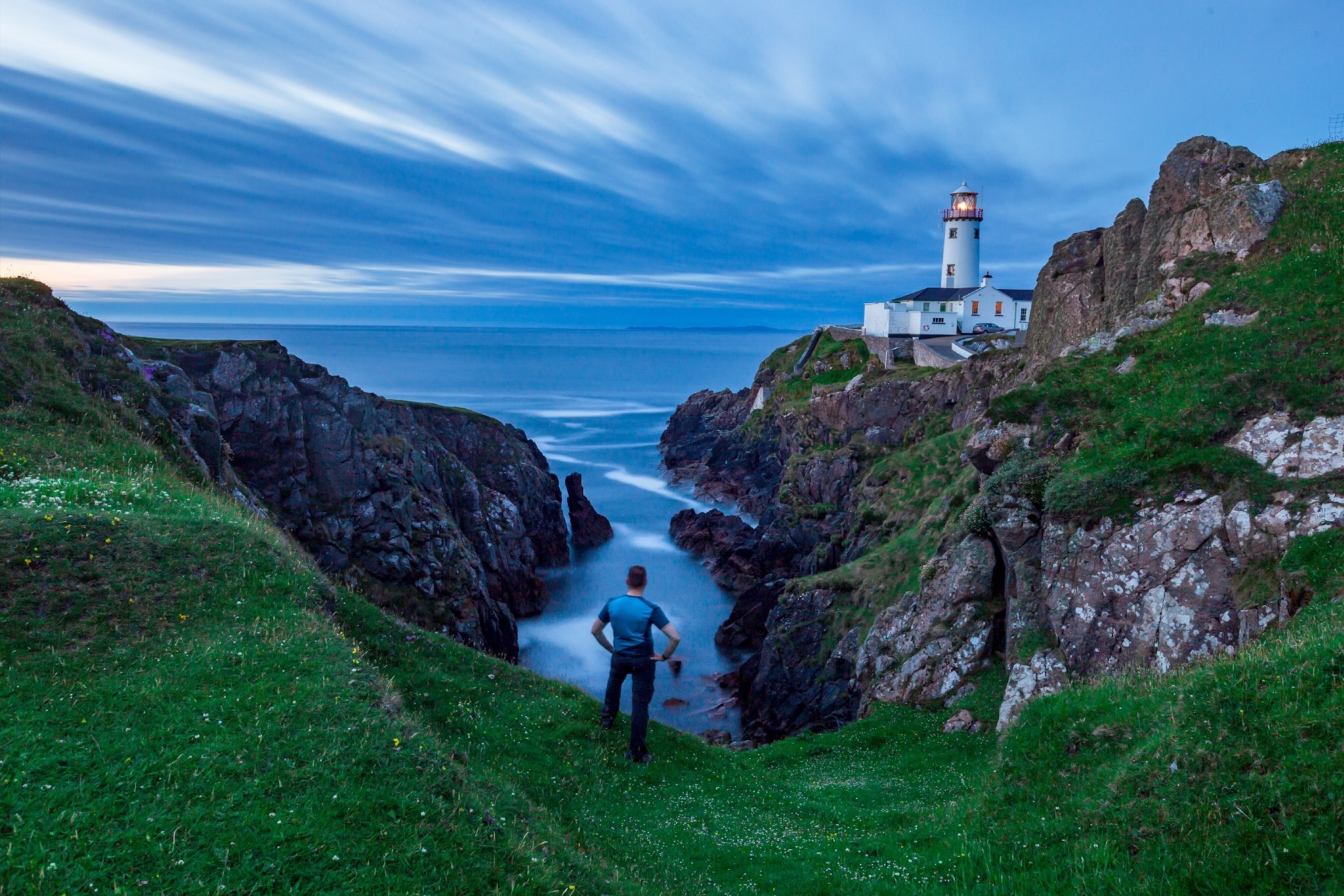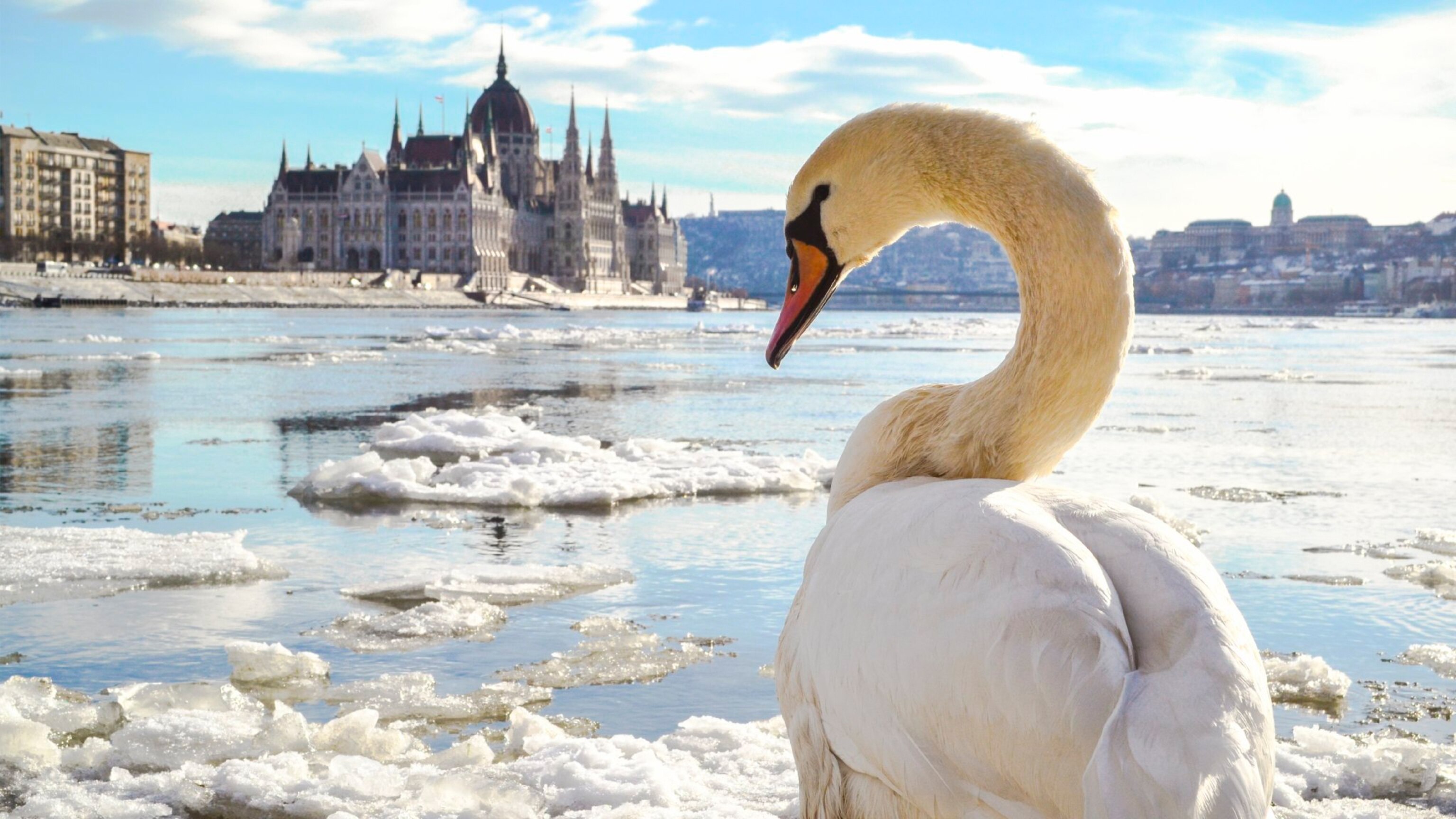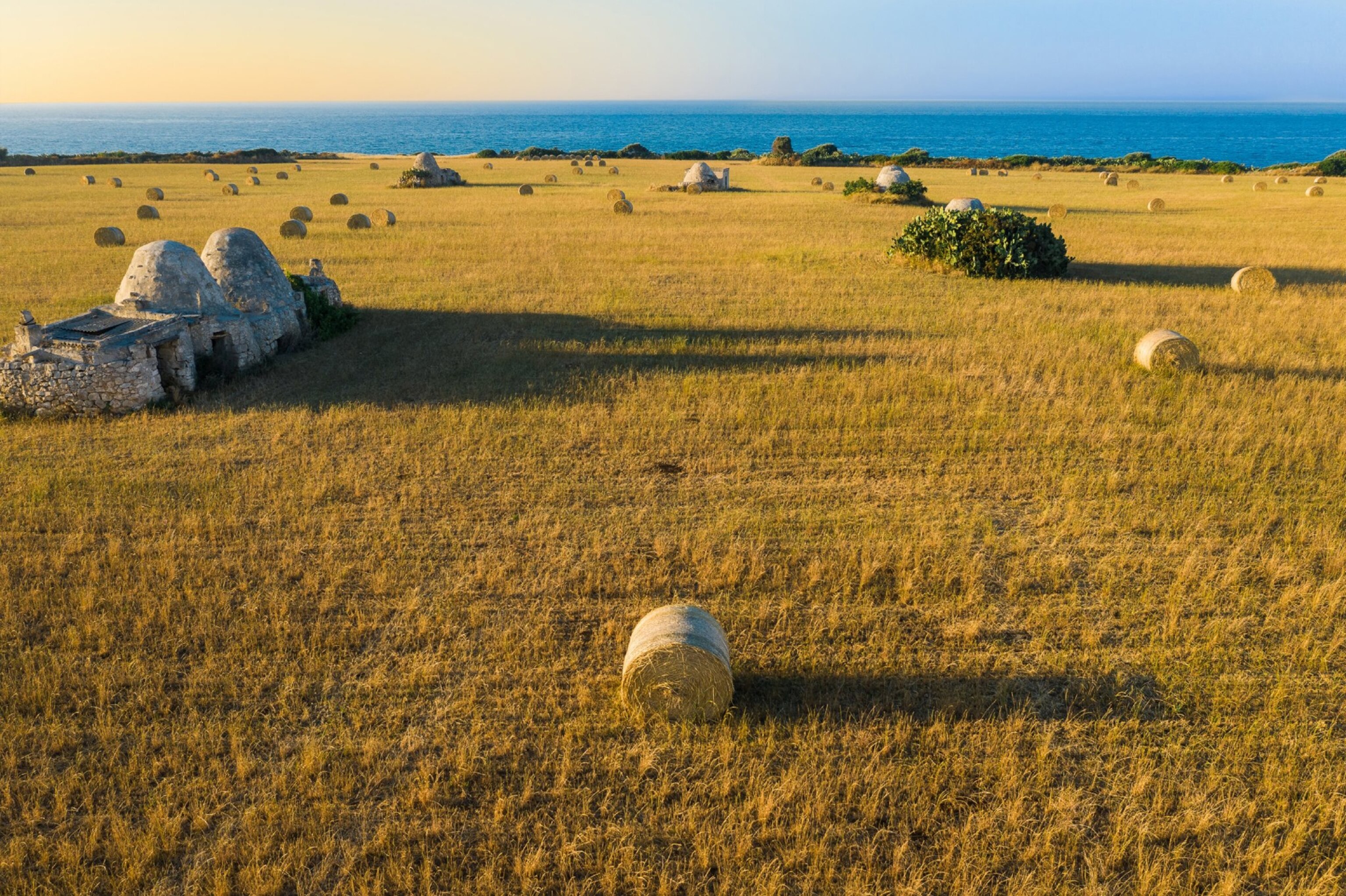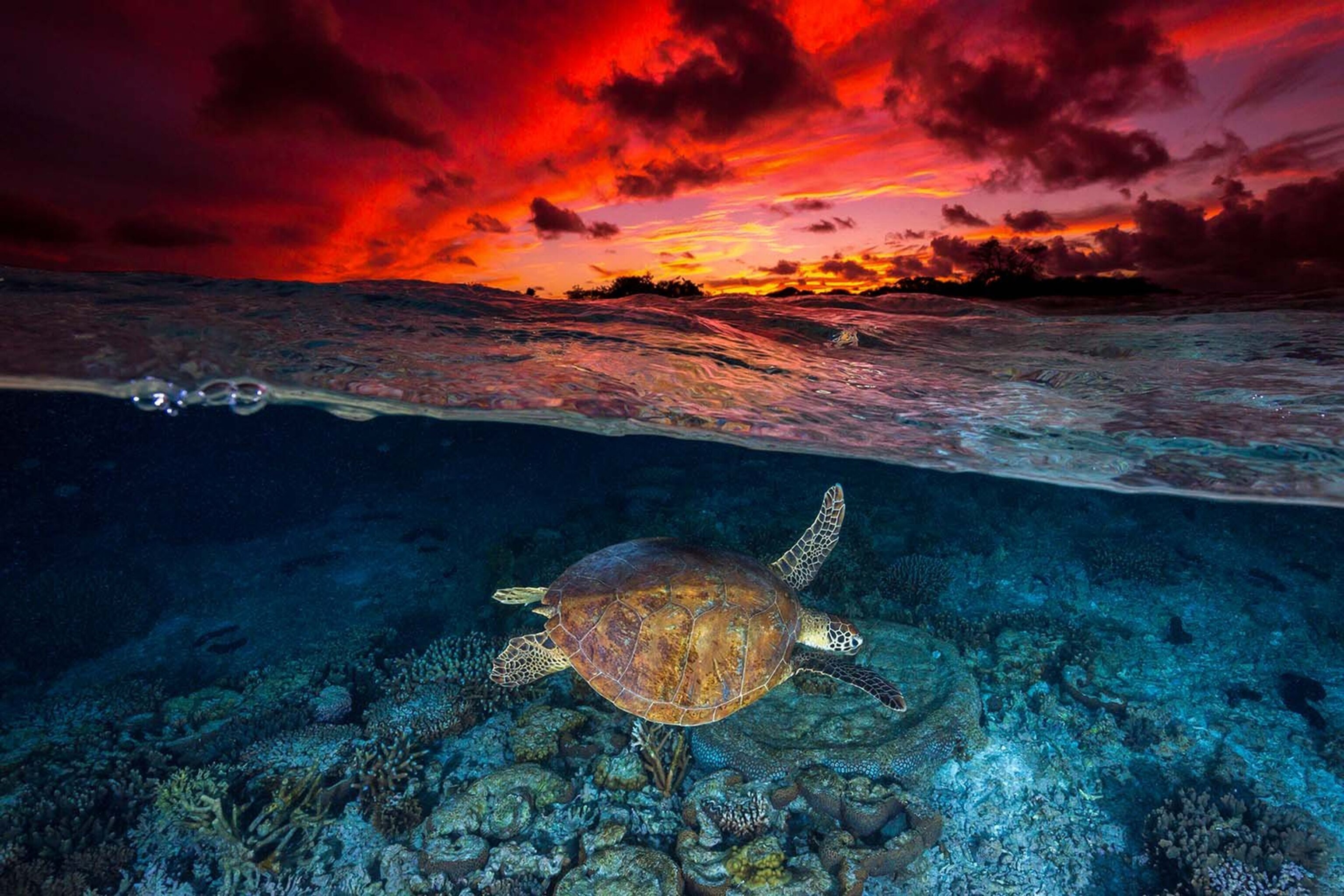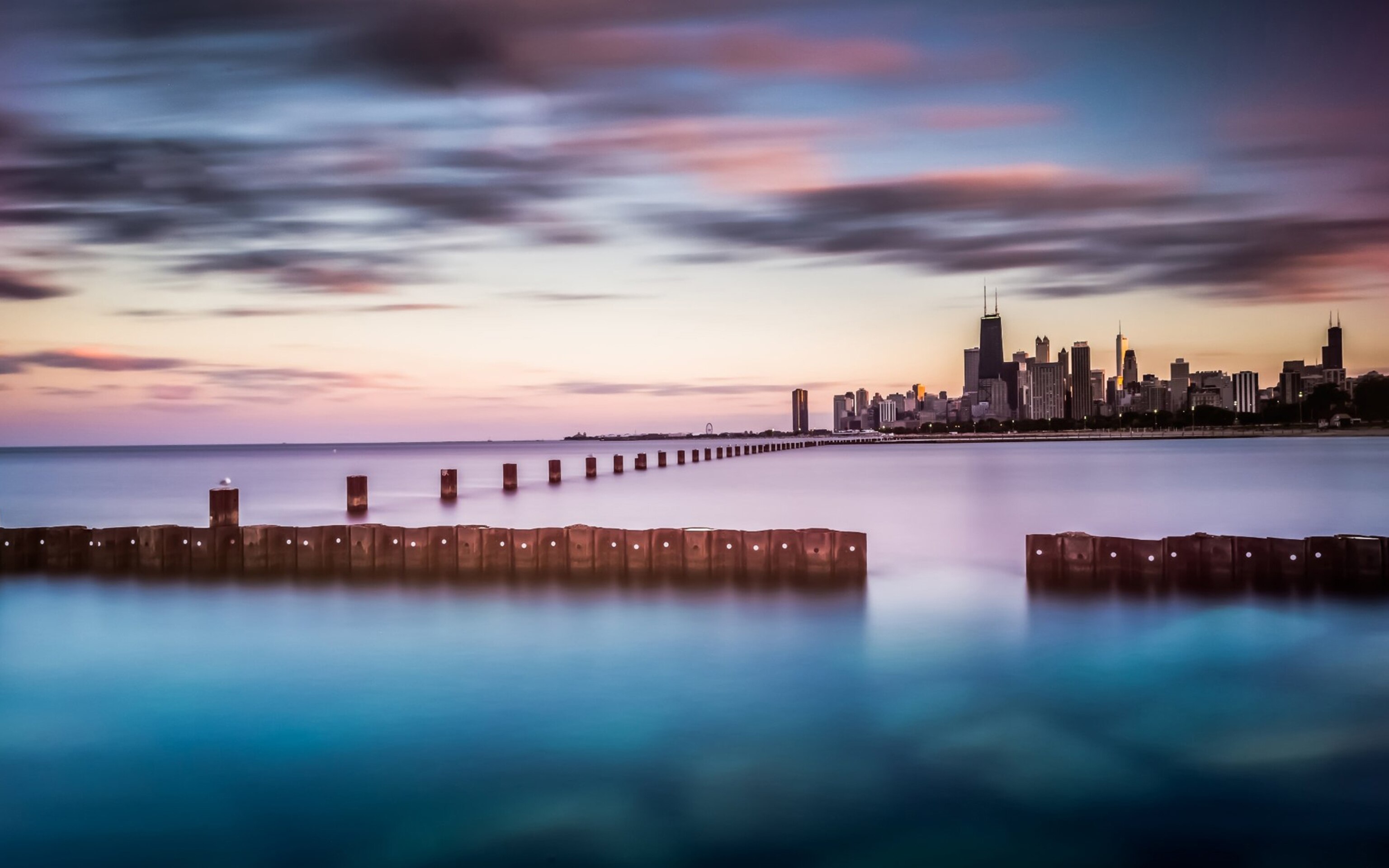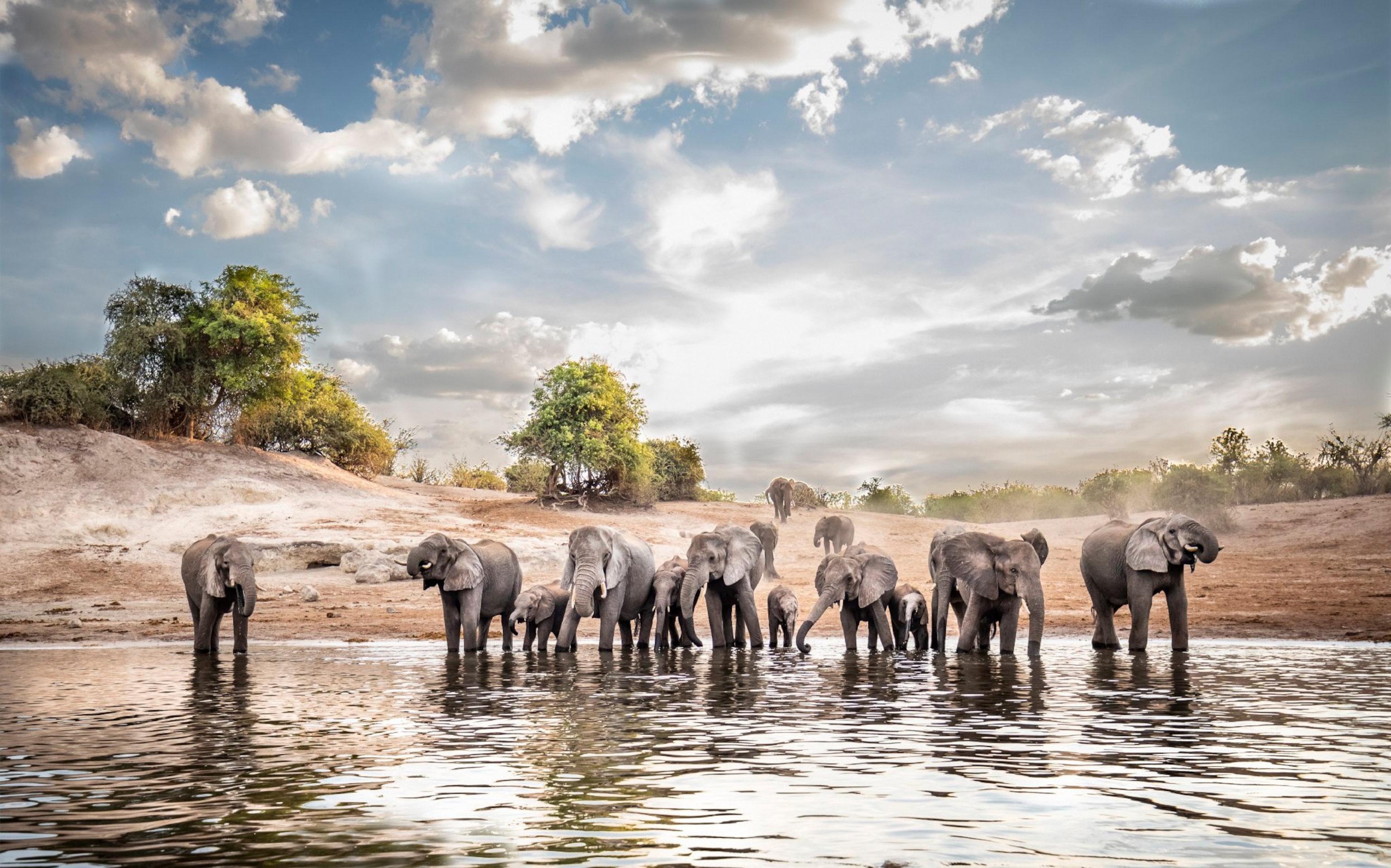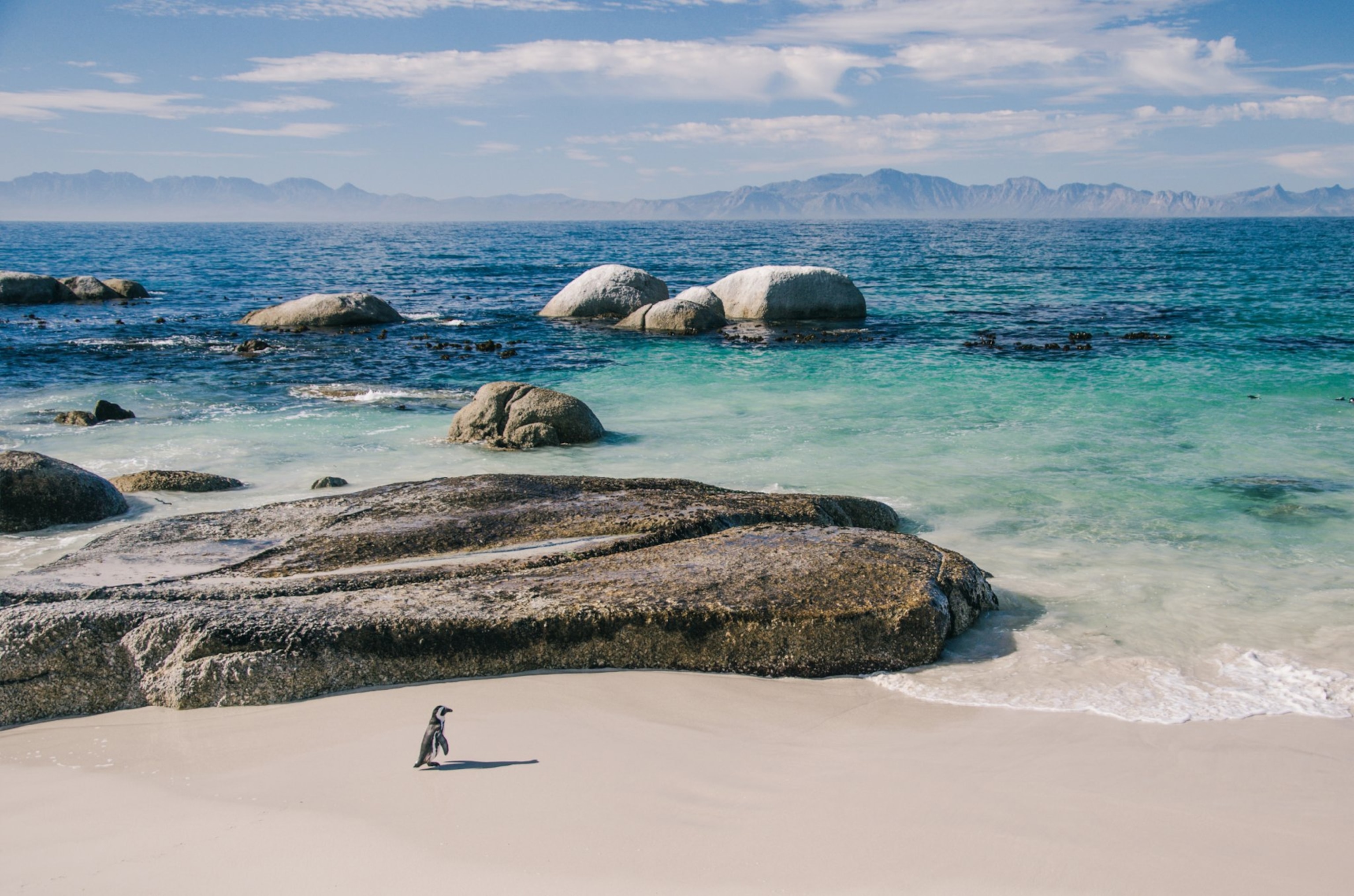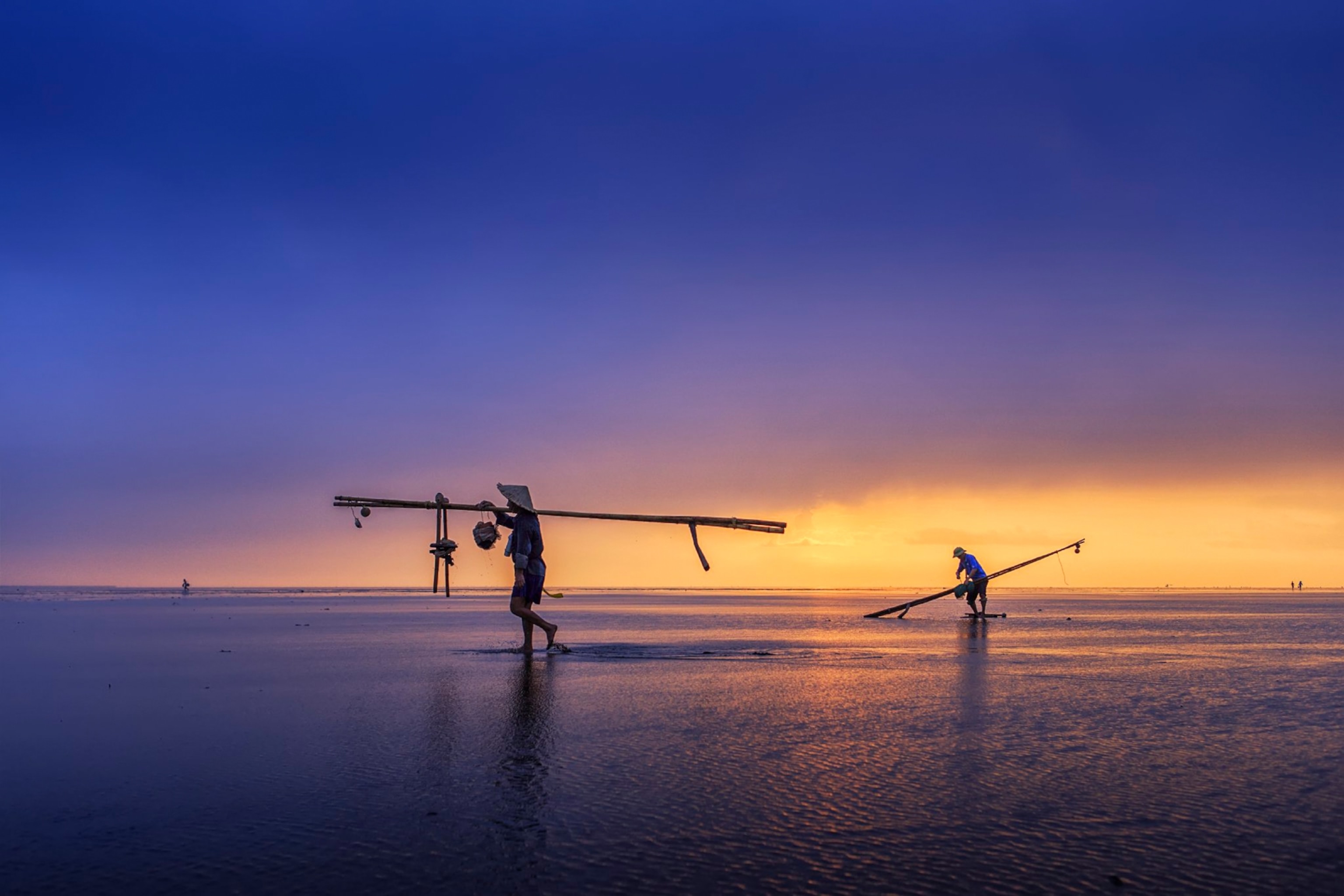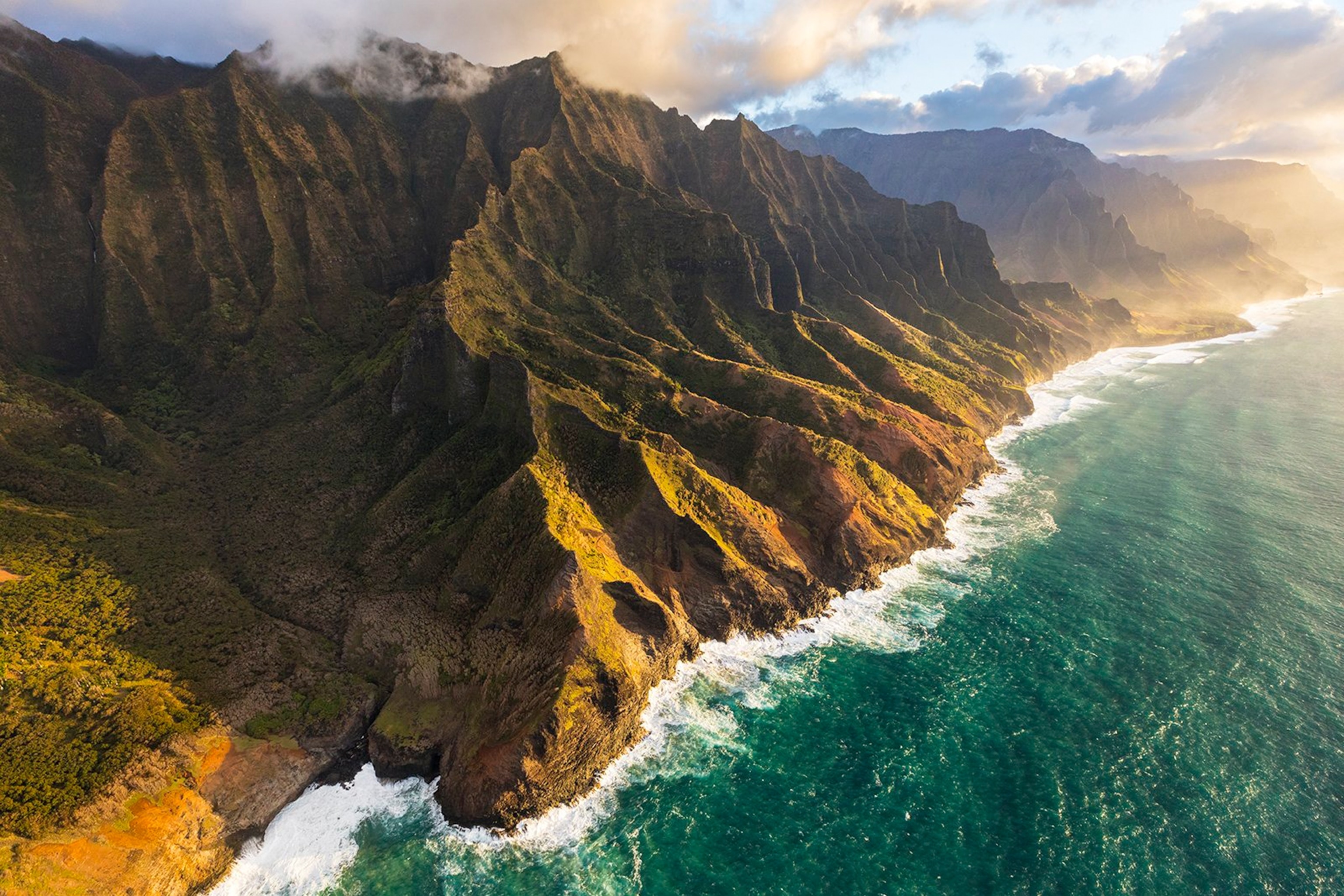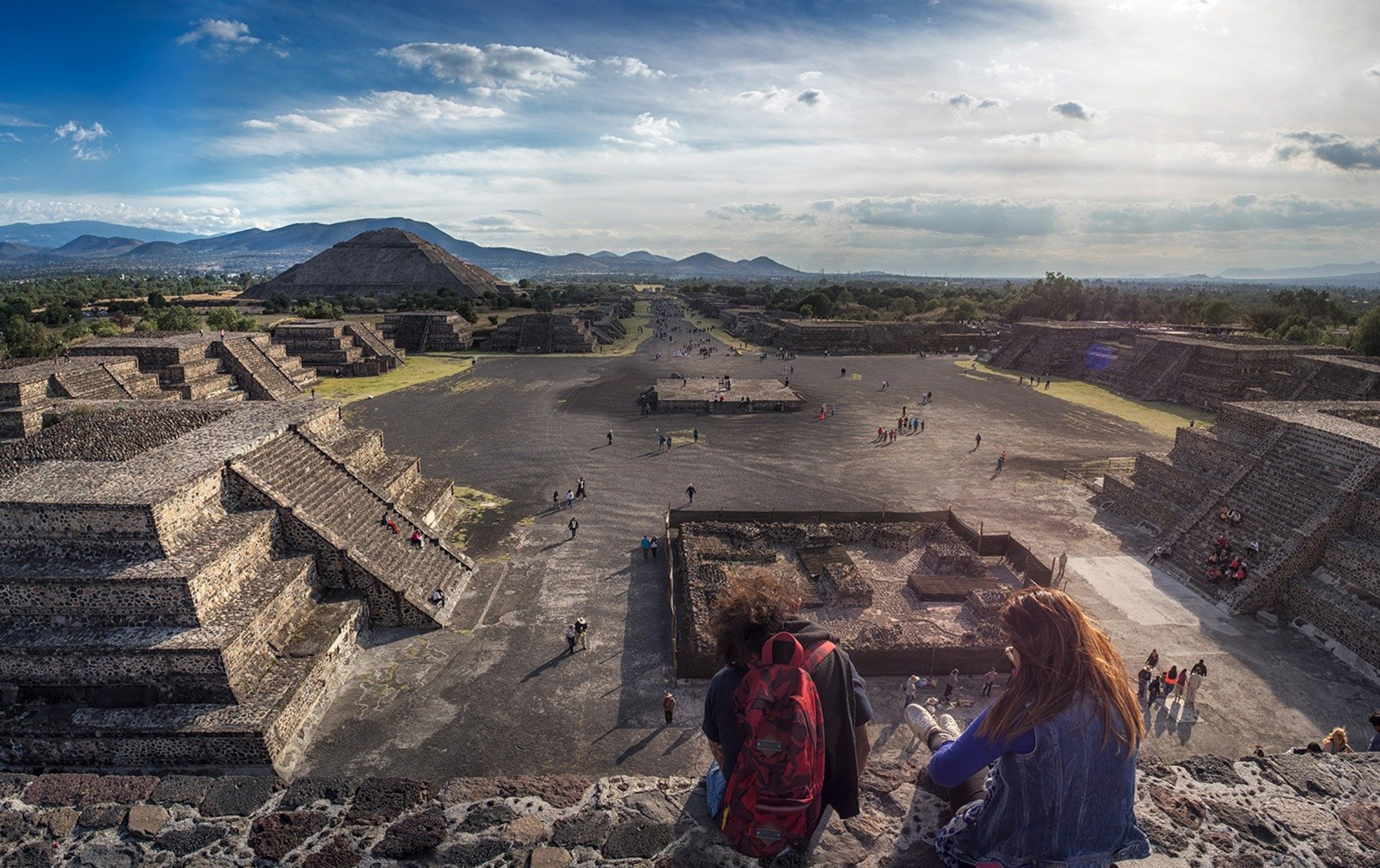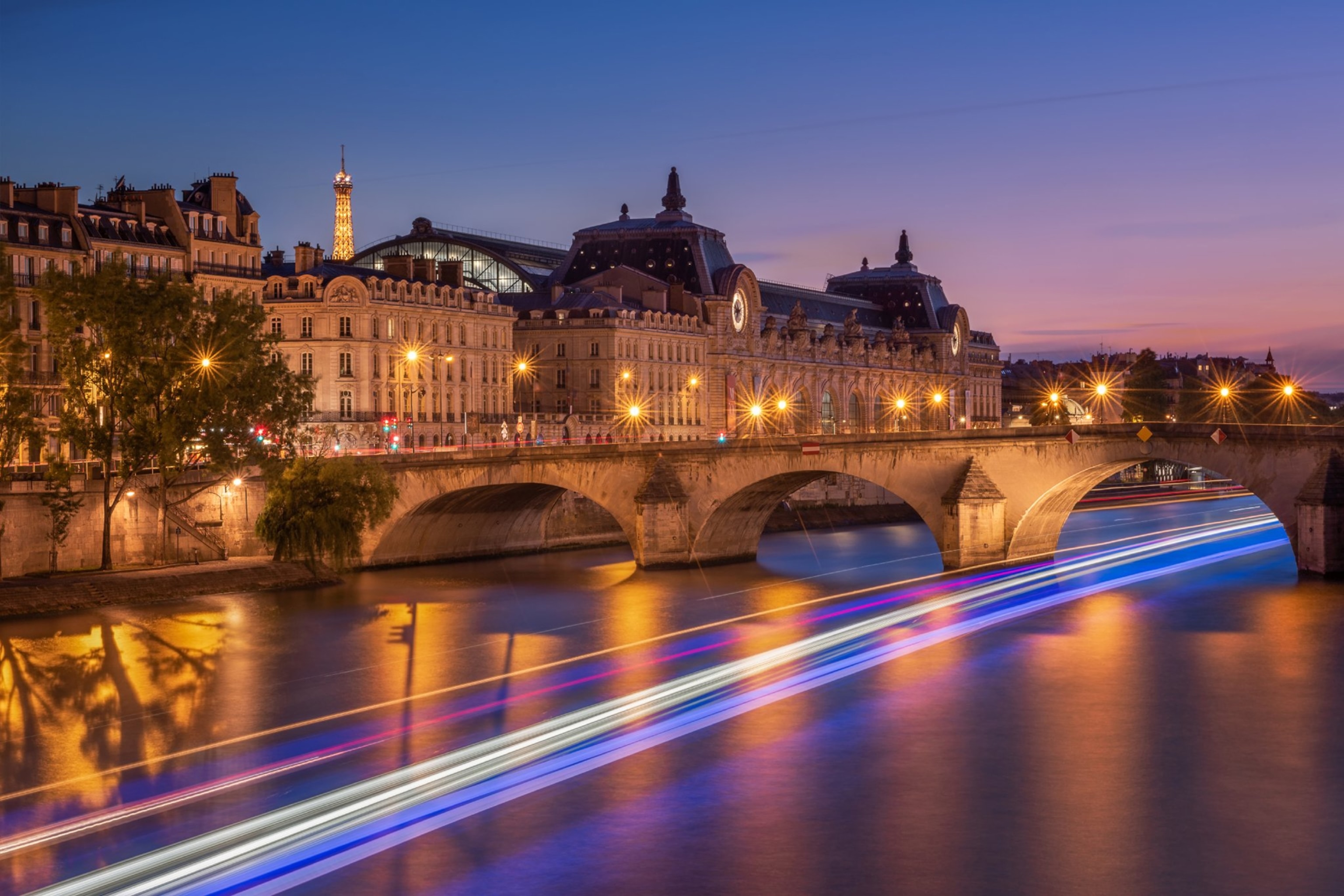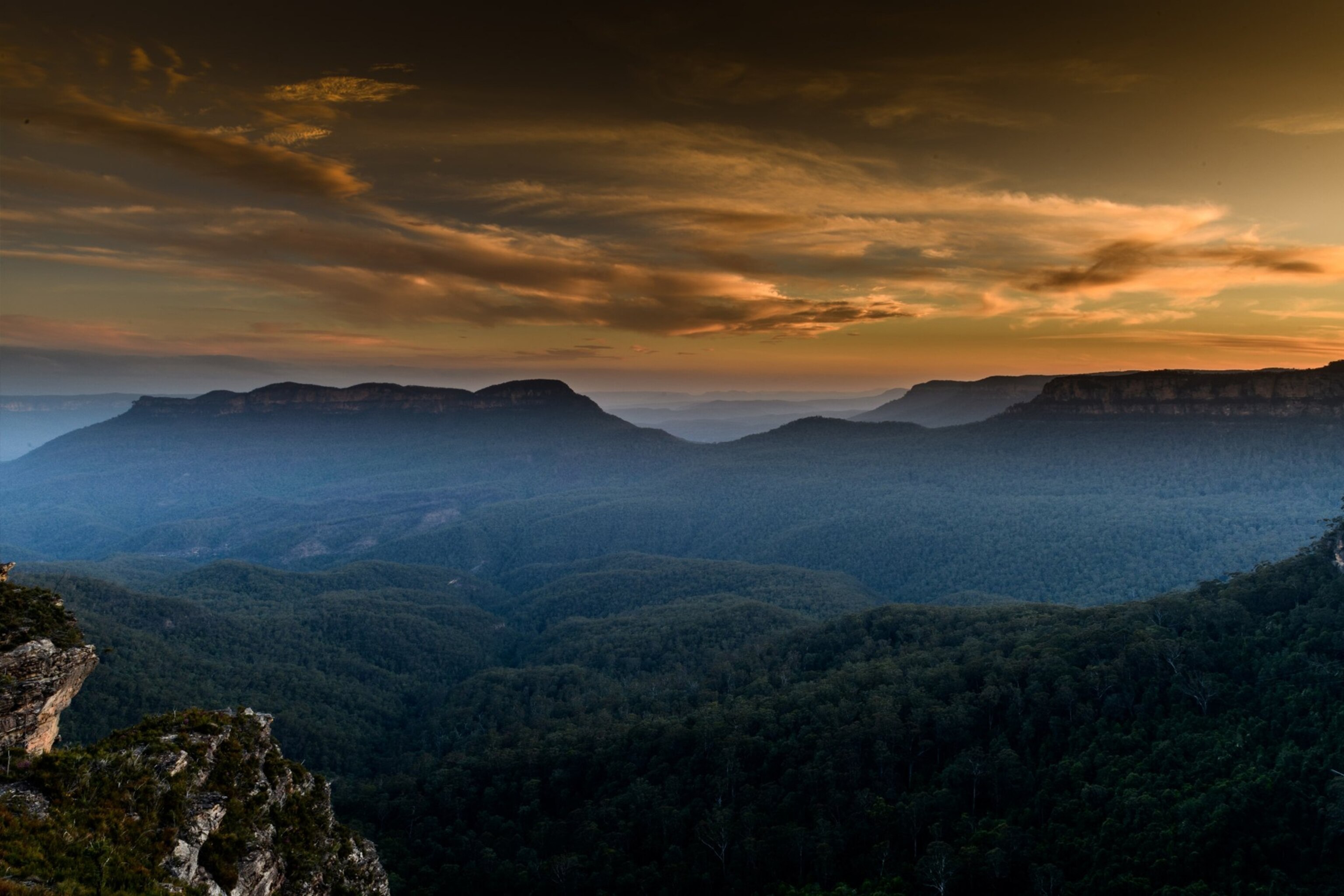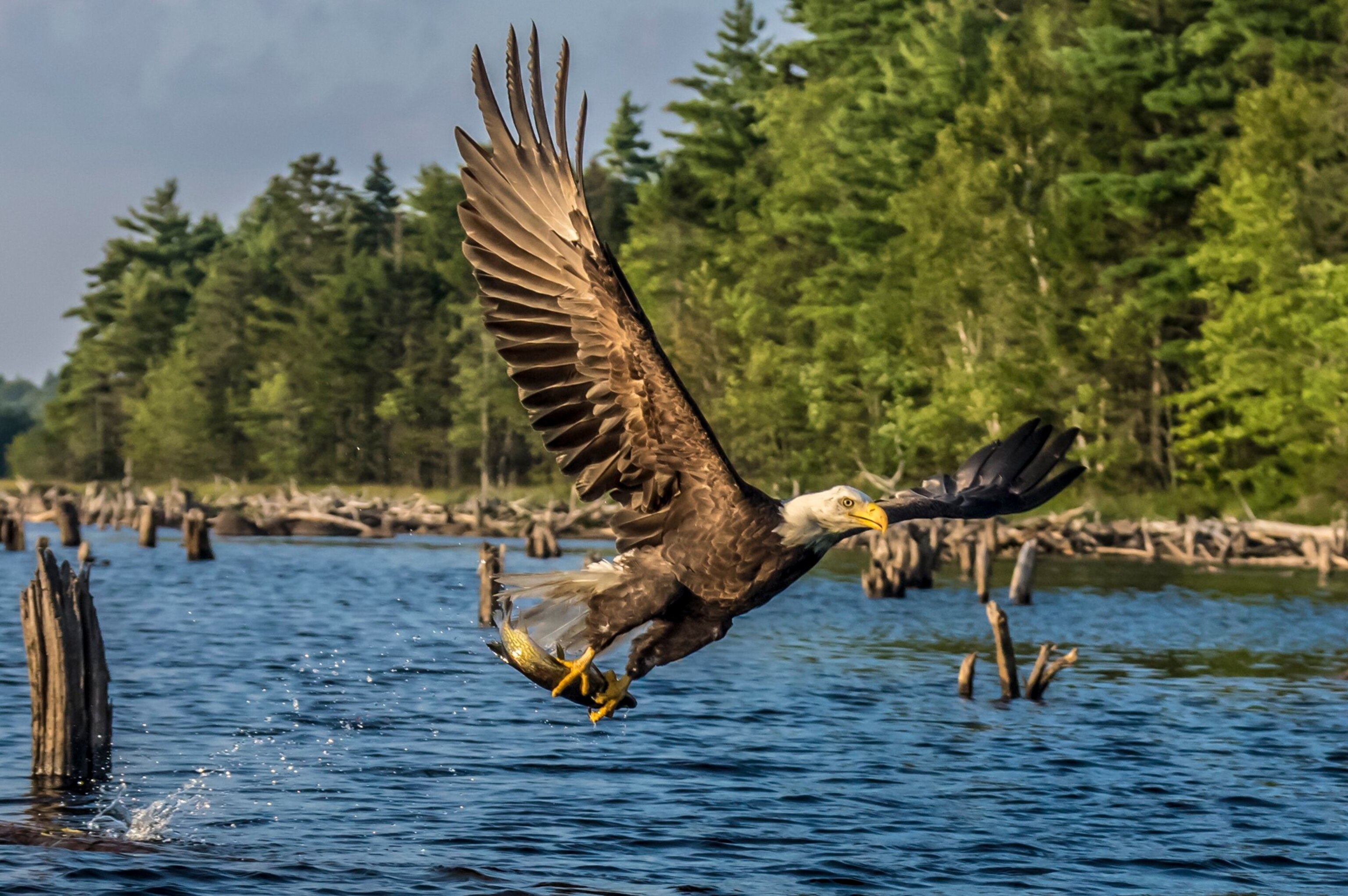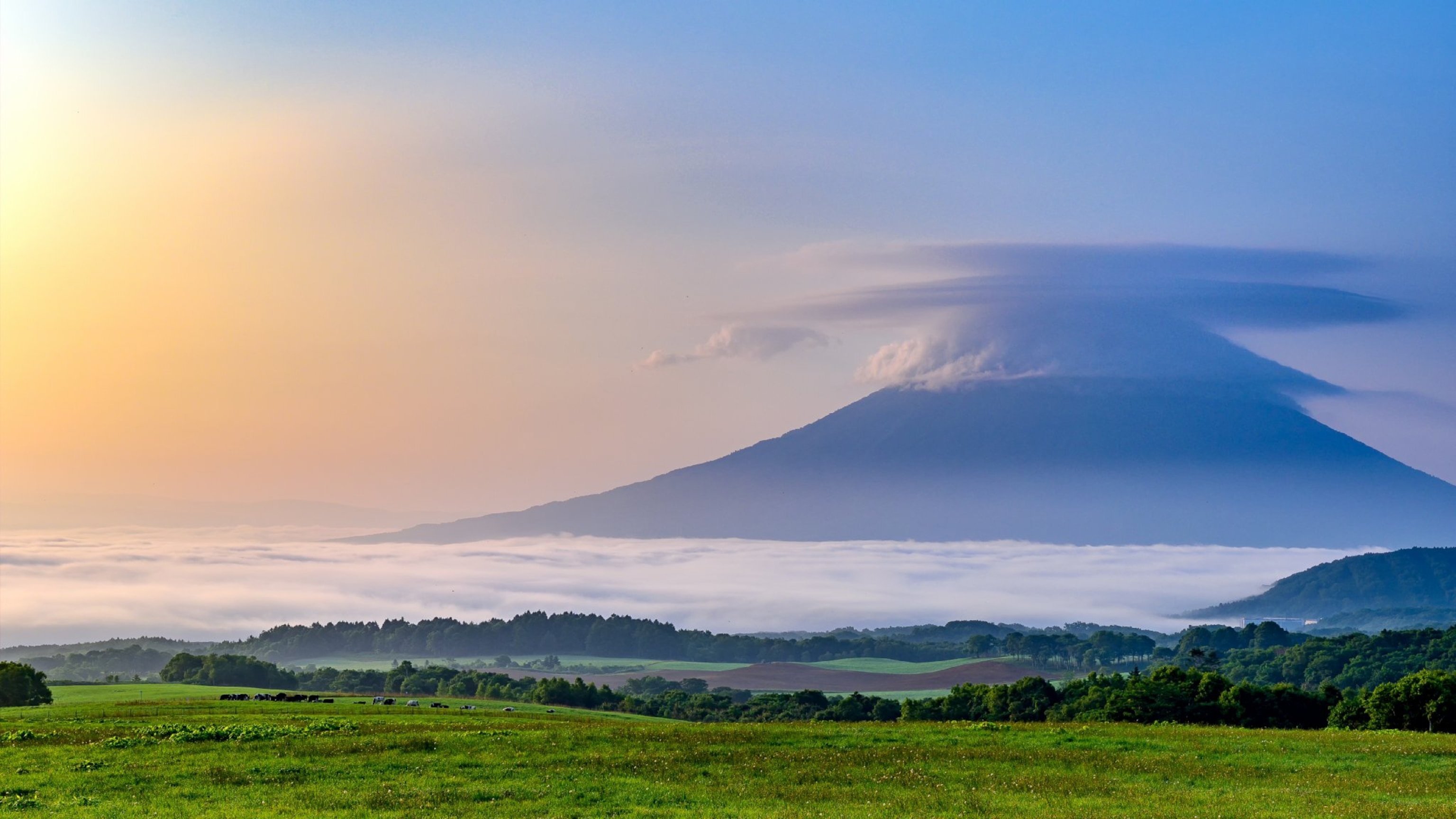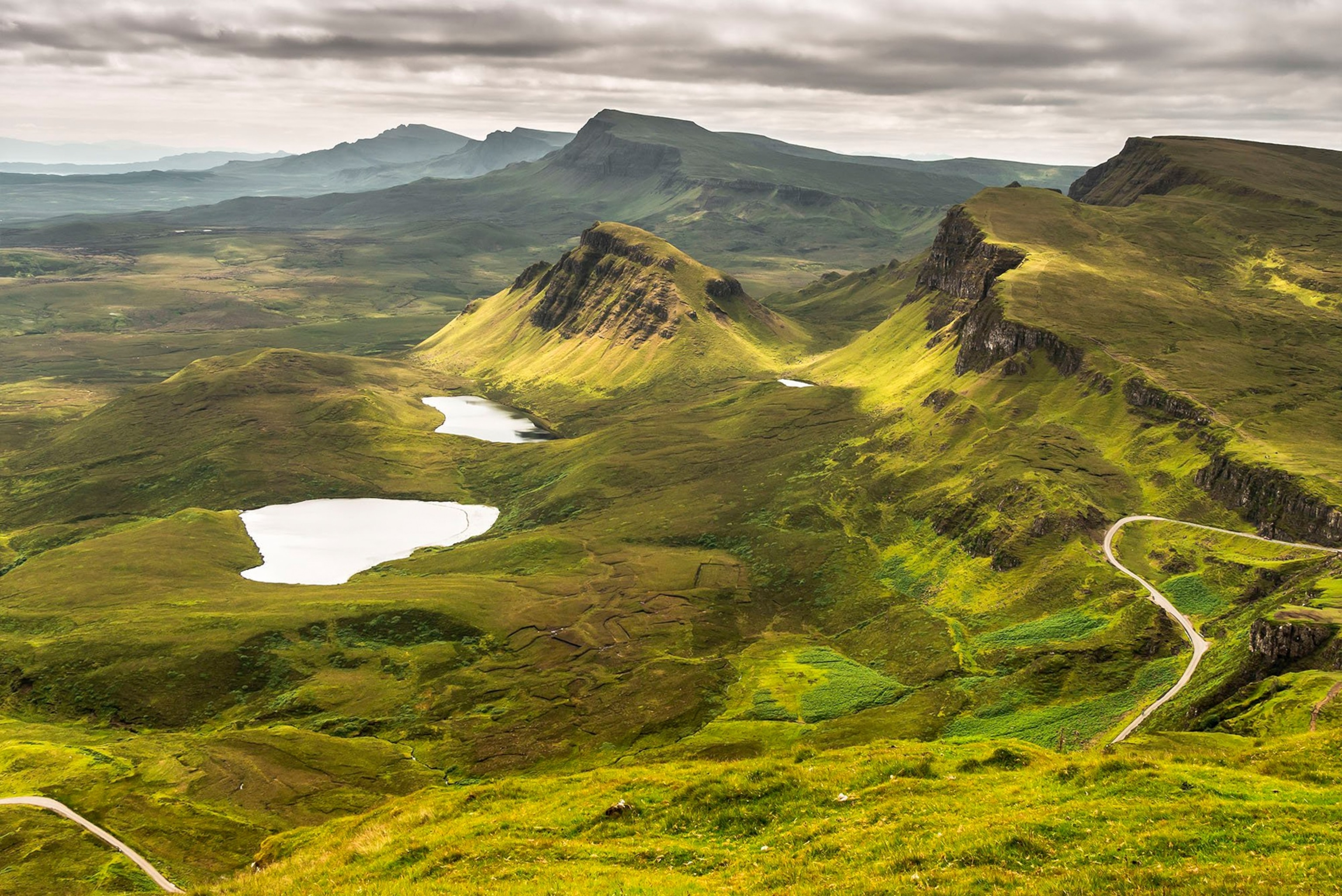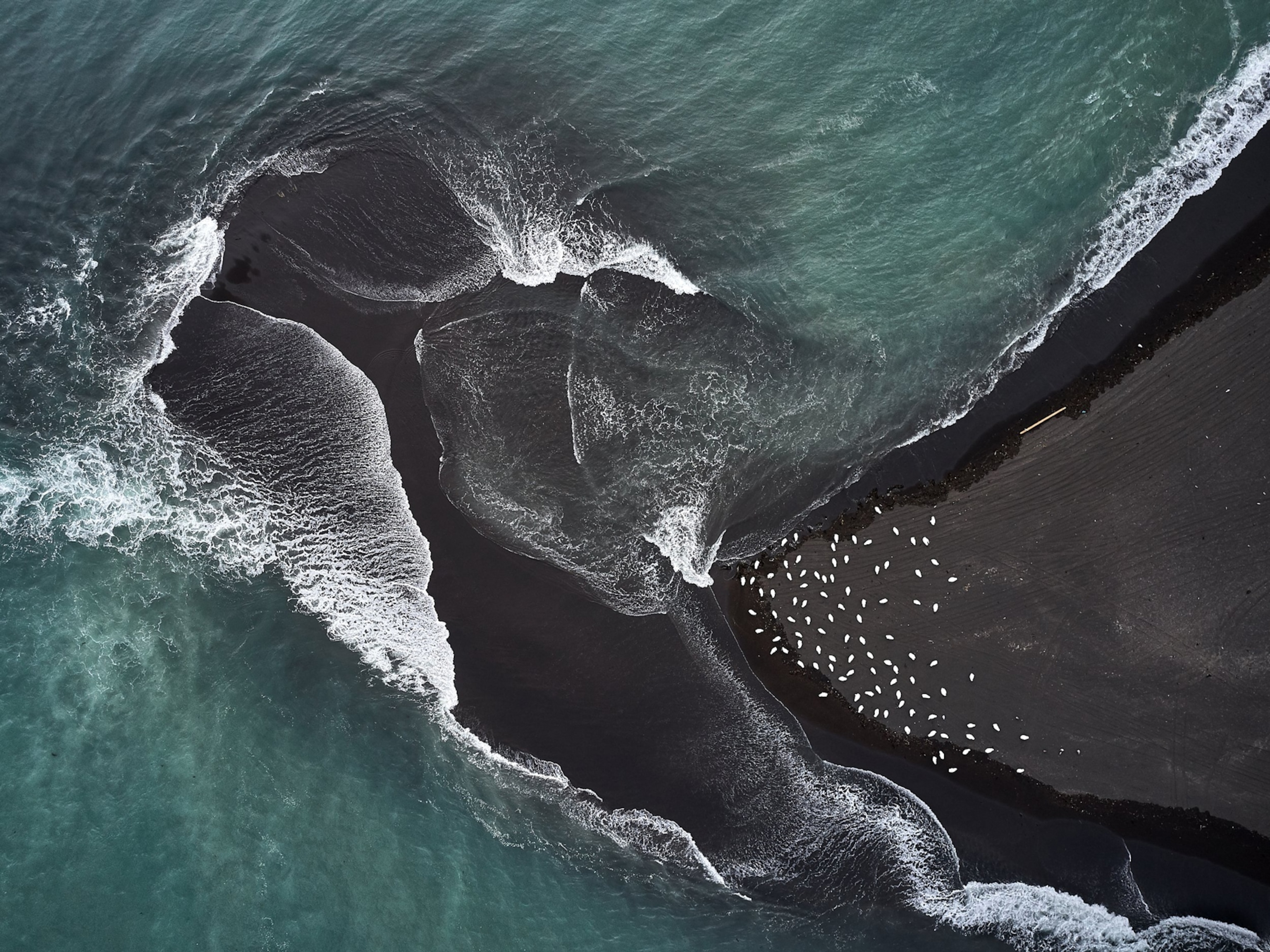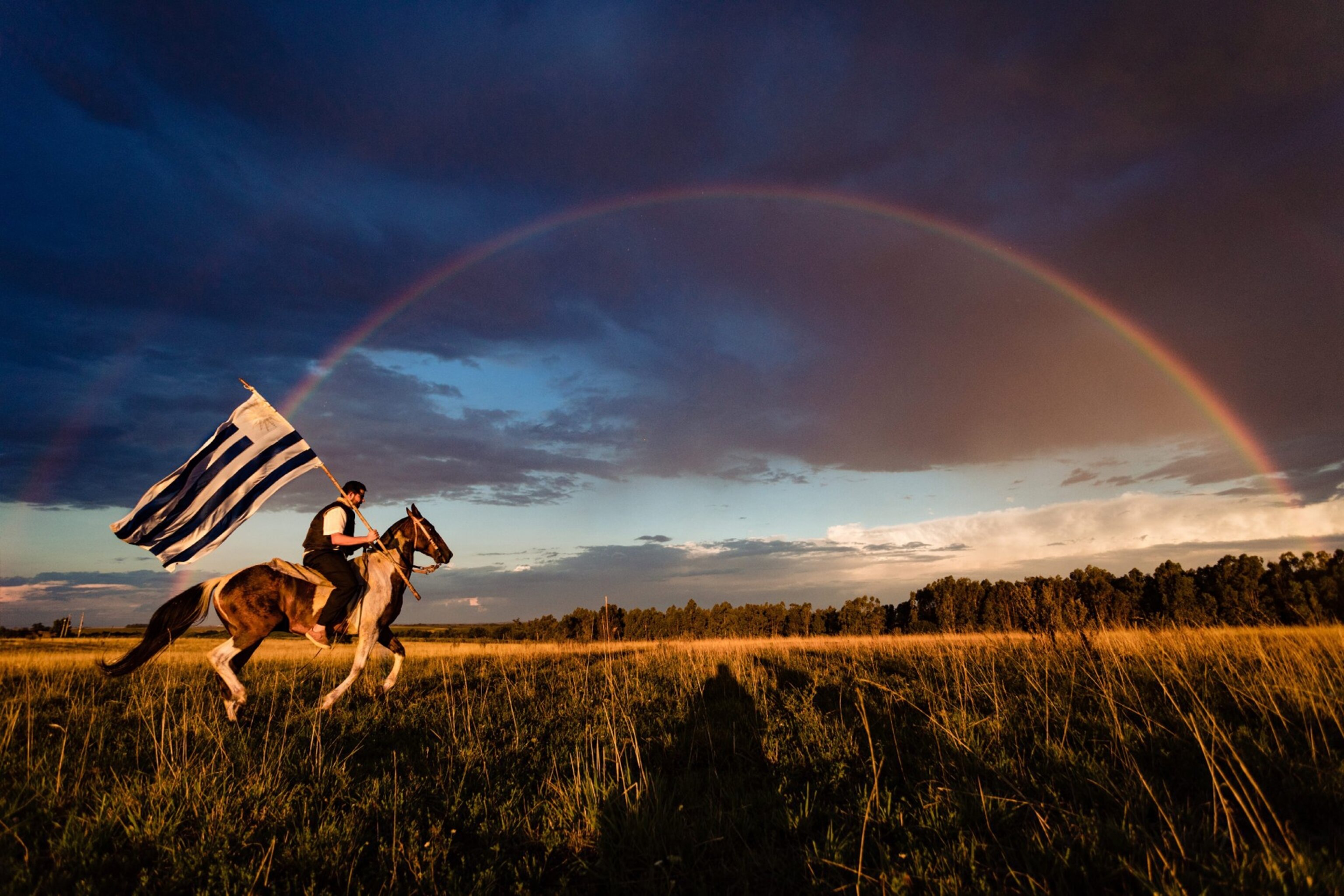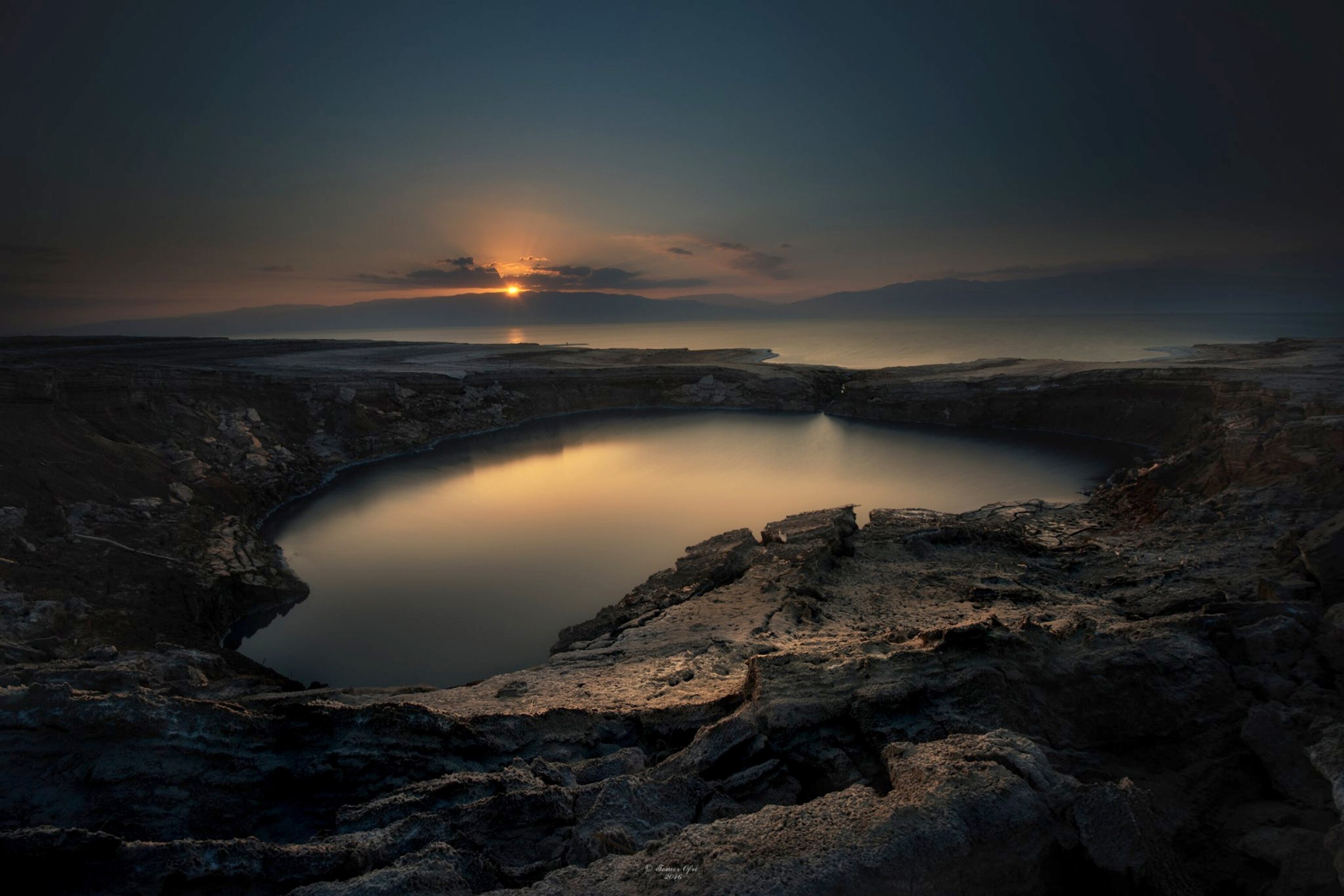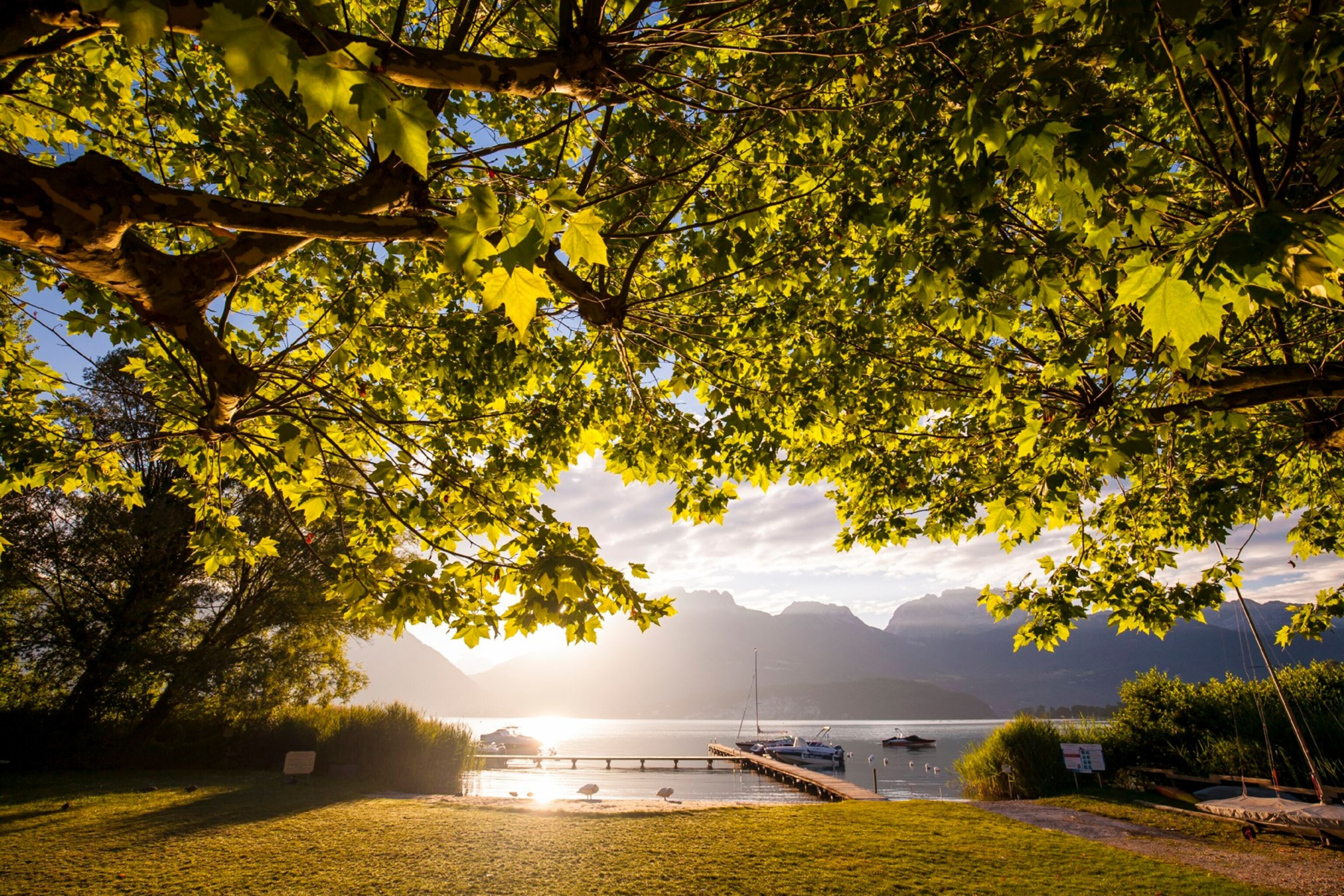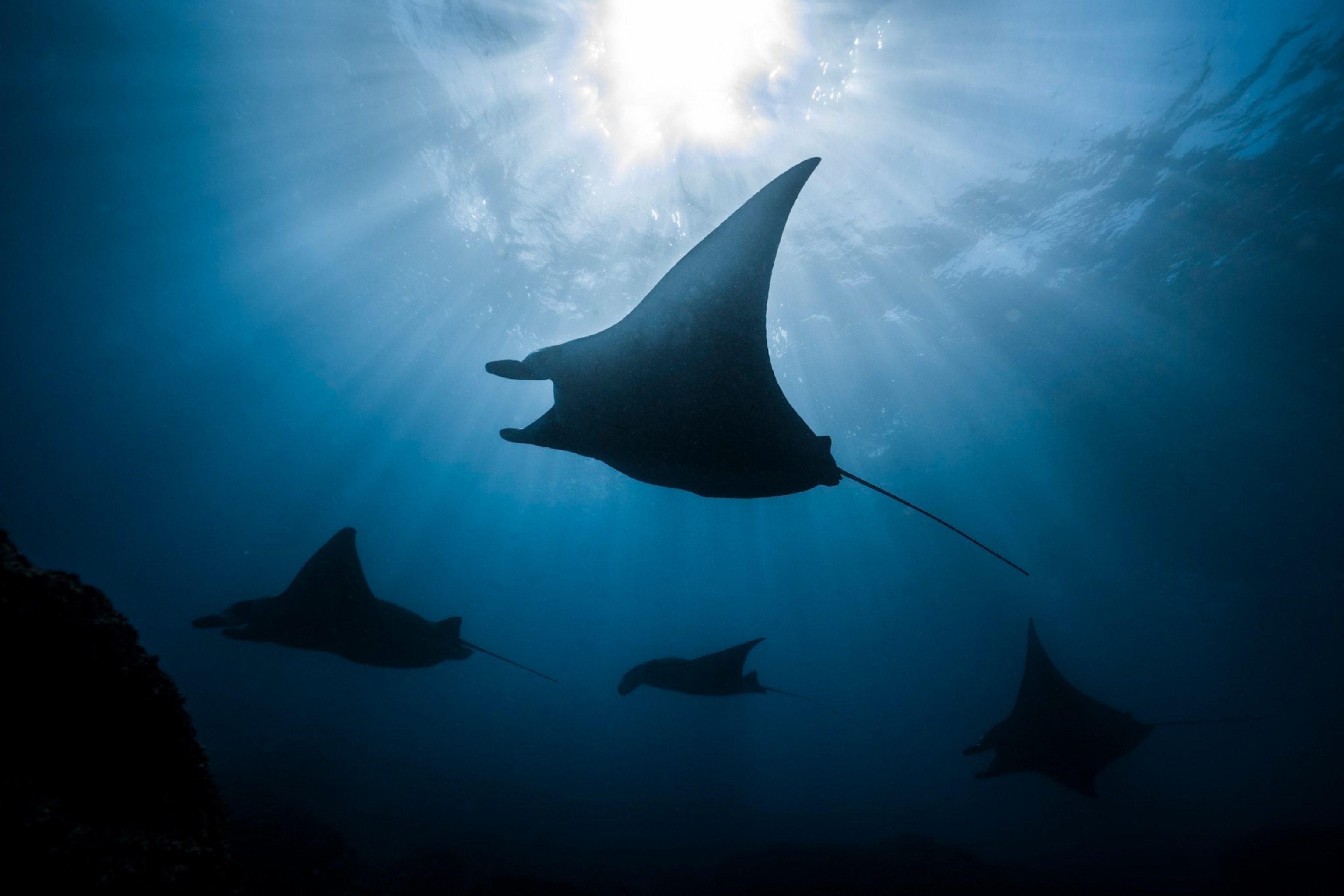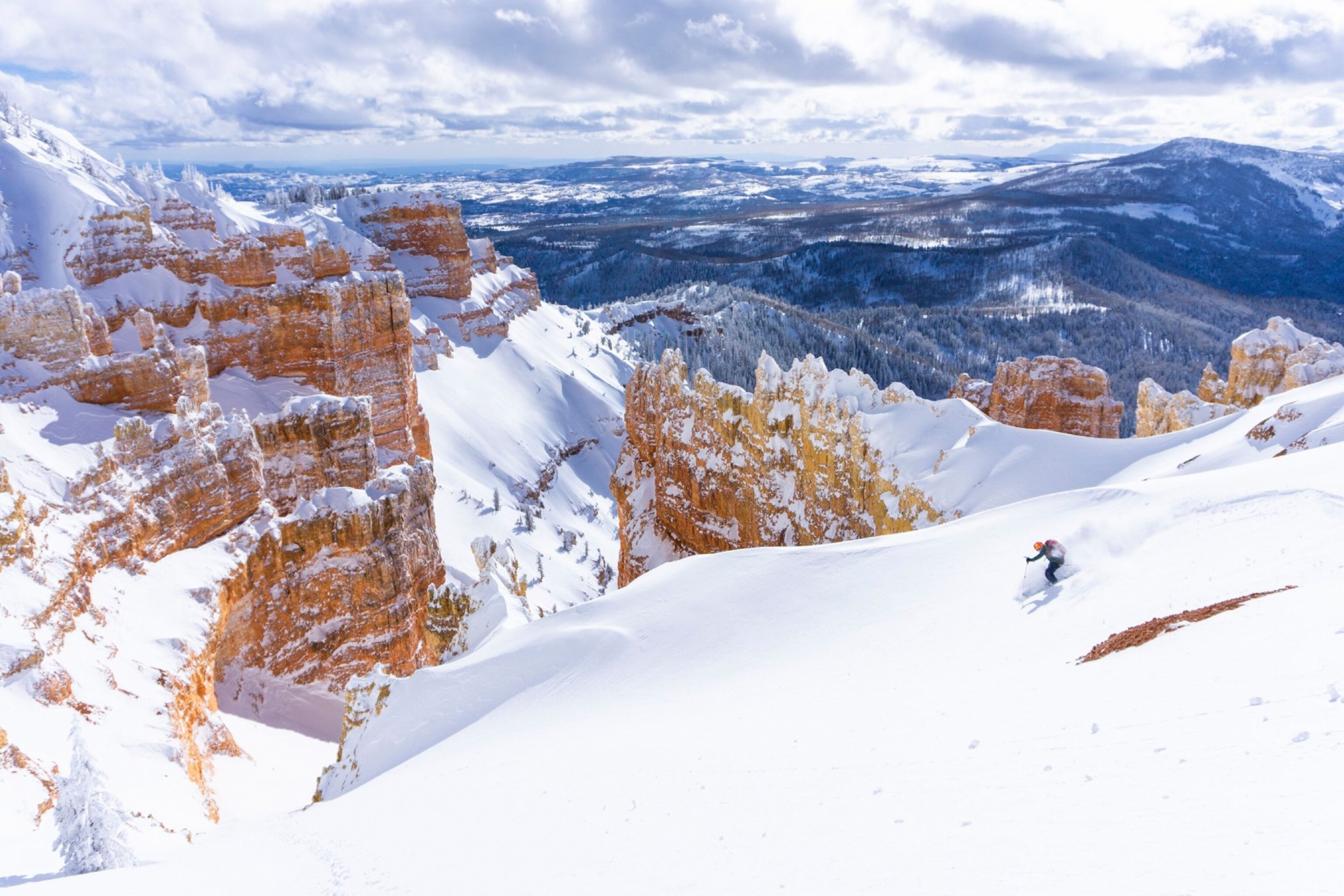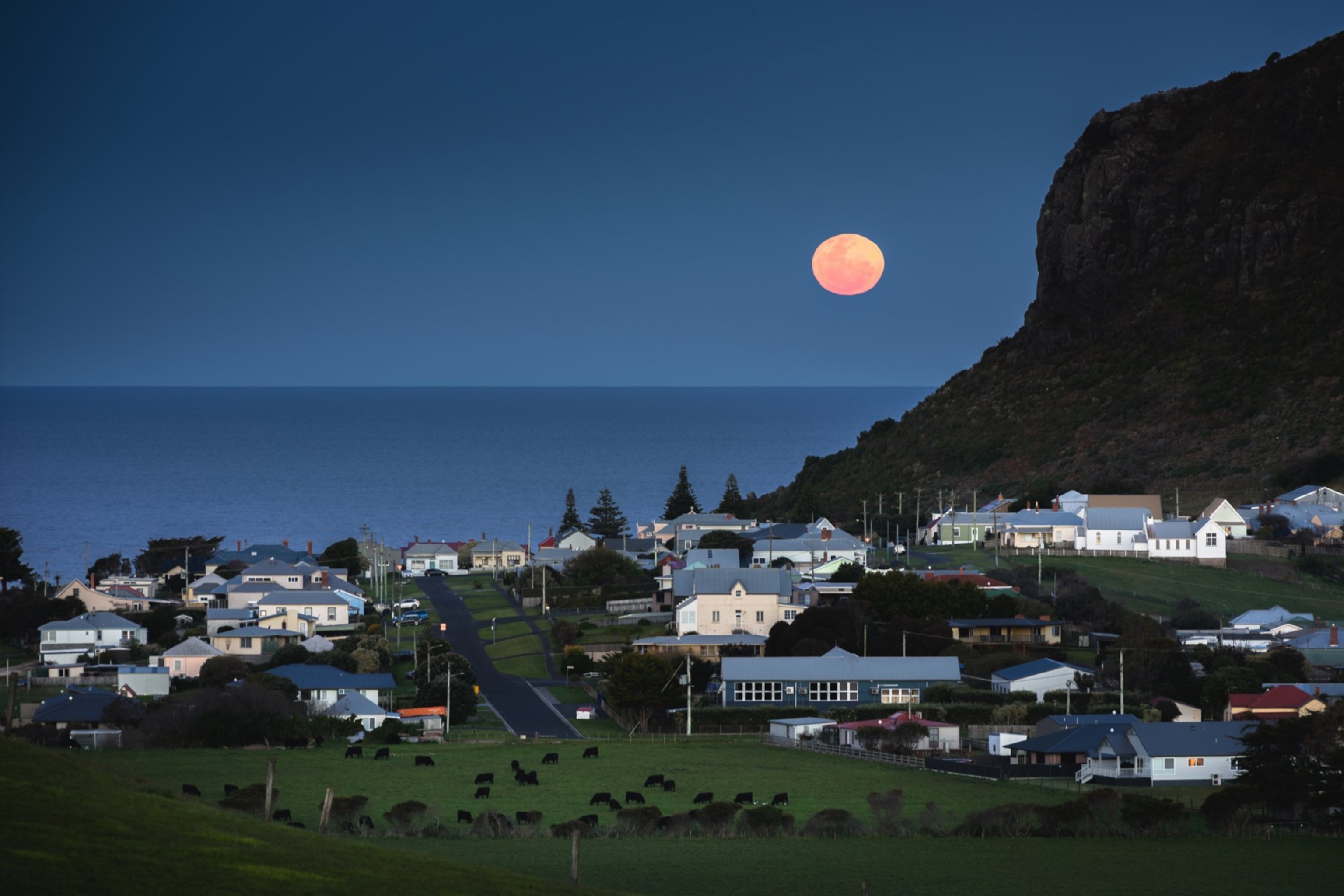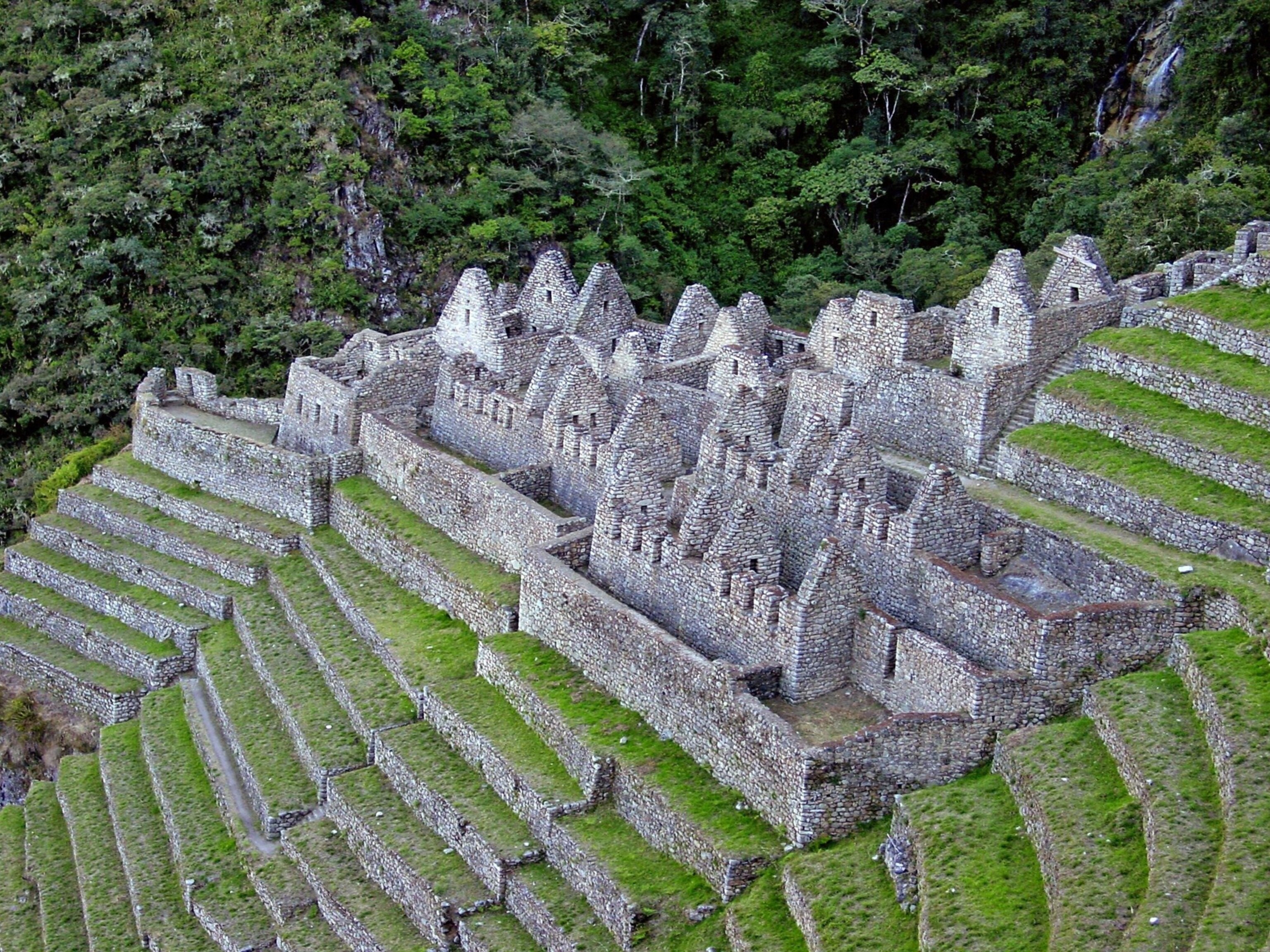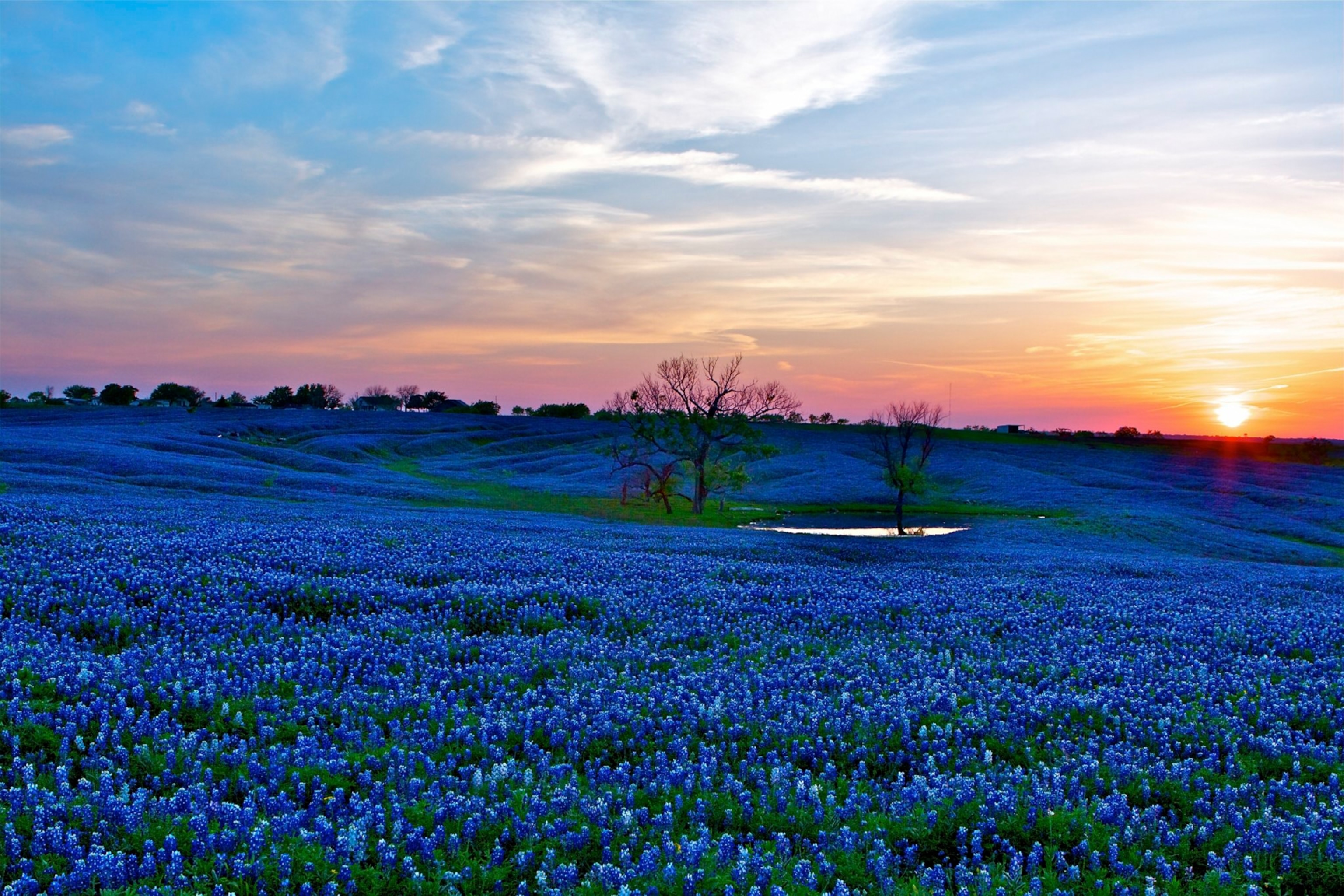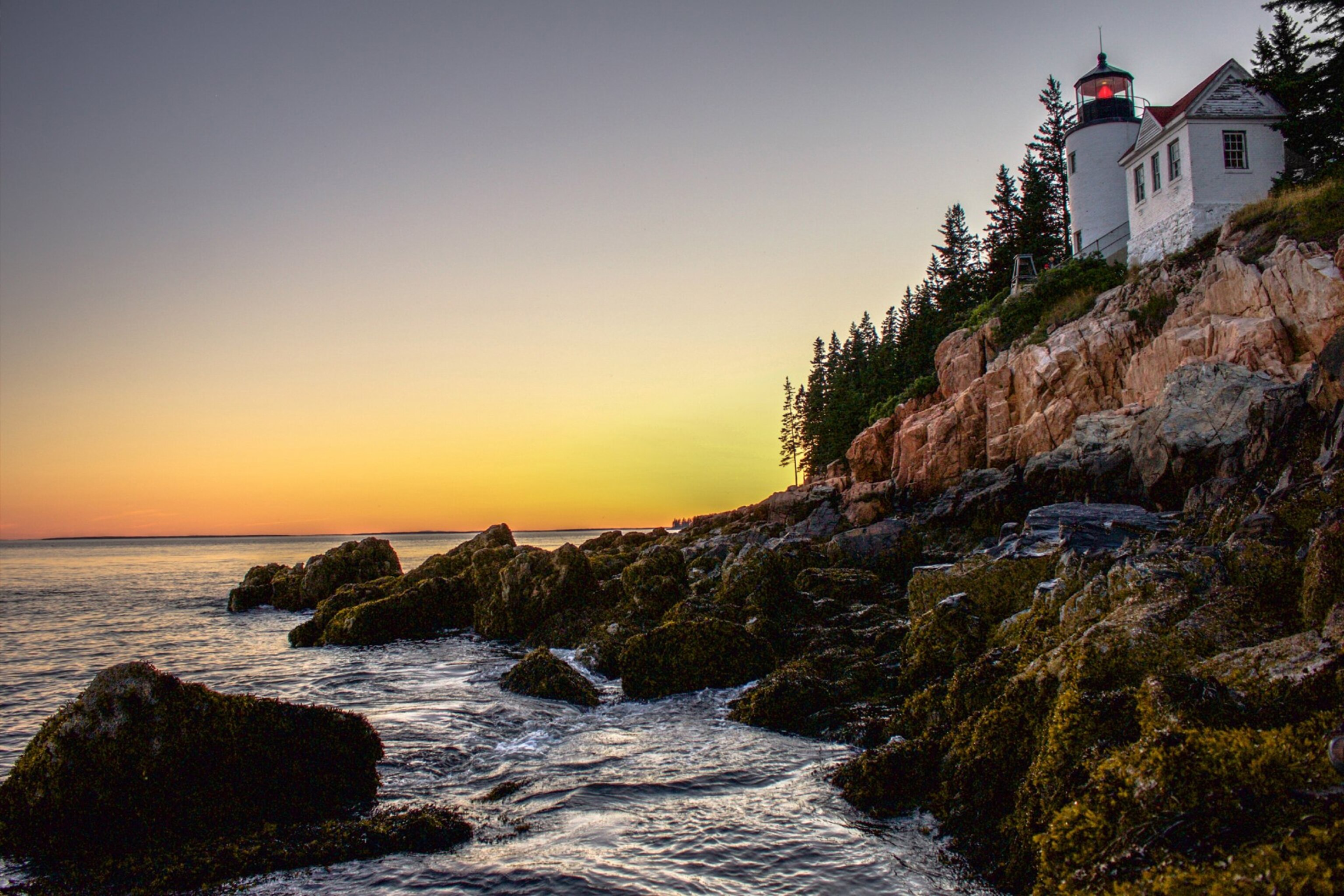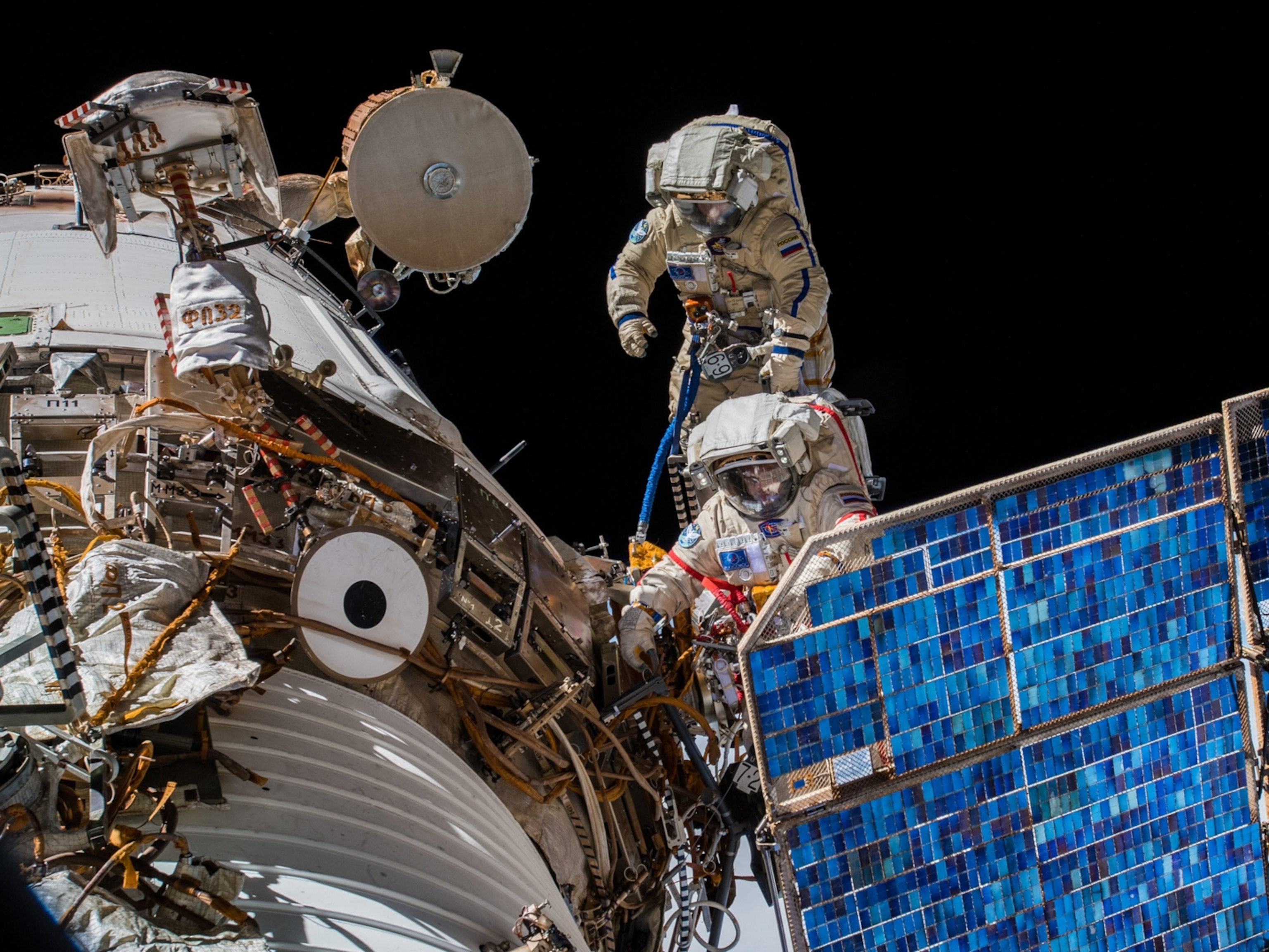
These are 2020’s top travel trends: ‘microcations,’ carbon offsetting, and more
It’s less about where you’re traveling than how you can travel better.
We asked more than a dozen industry experts what travel will look like in 2020, and the overwhelming consensus is that this year—more than ever before—travelers will prioritize their journeys’ impacts: on the planet, on destinations and local communities, and on themselves.
Perhaps it’s not surprising, given the climate-change headlines and the upcoming 50th anniversary of Earth Day, that sustainability is top of mind. “Travelers are increasingly interested in trips that mean something, and for the long-term,” says Will Jones, founder of Journeys by Design and Wild Philanthropy. “The knowledge that you’re contributing to something sustainable or beneficial is important.”
Therefore, our 2020 trends reflect not so much where you can go, but who you can be while you’re on the road.
Carbon offsetting is on
“The entire travel industry is taking note of the climate crisis and doing what it can to mitigate its impact,” says Jonny Bealby, founder and CEO of Wild Frontiers, which runs small group tours popular with solo wanderers. This starts with flights and greenhouse gas emissions, which Travel Beyond vice president Jenny Mikkelson says “are a big topic of conversation.”
Travelers will expect tour operators to help with carbon offsets. Wild Frontiers, for example, has been offsetting customers’ flights since 2005, and this year it’s upping the offset amount to 1.5 metric tons (about 3,300 pounds) of carbon dioxide per passenger. Red Savannah’s philanthropic arm, Green Savannah, offsets air travel in partnership with the Rainforest Trust, a U.S.-based nonprofit that purchases and protects land in threatened rain forests. In 2019 Green Savannah funded Trust projects in Peru’s Amazon and Laos’s Annamite Mountains. Adventure specialist MT Sobek not only offsets carbon but also removes it through programs with Climeworks, a Swiss company that captures CO2.
What exactly are carbon offsets? Here’s what you need to know.
Carbon offsetting does not come controversy-free, though. “Those who do take long-haul flights are starting to demand more transparency around carbon offsetting—studies have shown inconsistent success rates—to make sure they’re actually making a difference,” says Melissa Biggs Bradley, founder and CEO of boutique travel agency Indagare and a board member of the Center for Responsible Travel.
Microcations get big
“It’s less trendy to jump on a long-haul, first-class flight,” says Philippe Brown, founder of Brown + Hudson, which plans custom experiences. “People who used to go [to far-flung destinations] three-plus times a year are now reining in their travel.” Microcations, or shorter trips, are increasingly attractive.
Quicker vacations, which lend themselves to backyard destinations, are not all about saving money. “This time, it’s about experienced travelers looking for ways to manage their impact on the world,” says Edward Piegza, founder and president of Classic Journeys. “As travelers turn their attention to places closer to home, they realize there is no jet lag, there’s no ocean between them, and it’s easy to fit a domestic trip into an otherwise crowded schedule.”
Green hotels check in
“People are specifically requesting ecolodges,” says Brown + Hudson’s Brown. A recent booking.com survey shows that 70 percent of travelers would be more likely to book a property if they know it’s planet friendly, but 72 percent are unaware that eco-certifications exist for vacation stays. Again, tour operators are stepping in to fill the gap. “We have begun our own social responsibility initiative to evaluate the properties that we send our clients to,” says Indagare’s Bradley, whose company plans to launch its program in early 2020. And National Geographic’s Unique Lodges of the World program curates an ever-growing collection of accommodations that have a strong focus on sustainability.
Looking for more sustainable lodgings? Discover 13 of the world’s best new green hotels.
George Morgan-Grenville, CEO and founder of Red Savannah, says “green energy production, proper recycling, and procurement of locally grown, organic food will be high on travelers’ wish lists.” Luxury properties are leading this sustainable charge: South Africa’s &beyond Phinda Private Game Reserve bottles its own purified water in recyclable glass, says Cari Gray, CEO of private travel specialist Gray & Co. She also points to Panama’s Islas Secas eco-resort, which is powered entirely by solar energy and composts all of its food waste, and Spain’s Finca La Donaira, whose organic farm produces almost everything consumed at the hotel and sells the surplus to the local community.

Single-use plastics phase out
“Carbon offsetting is one thing, but also we can all take small steps every single day,” says Catherine Heald, co-founder and CEO of Remote Lands, specializing in trips to Asia. O’Shannon Burns, director of sustainability for National Geographic Expeditions, says, “Bringing—and using!—a reusable water bottle and coffee cup are two easy ways to reduce our plastic waste while traveling.”
Learn additional tips for avoiding single-use plastic when you’re on the go.
“More and more companies, including ours, are going single-use plastic bottle-free on trips,” says Anne Wood, senior director of product at MT Sobek. Wild Frontiers’s Bealby, a founding member of One Bottle at a Time—a collective of U.K.-based tour operators seeking to remove a million plastic bottles from their travels by the end of 2020—encourages clients to use self-filtering water bottles.
But reducing plastic consumption extends beyond water bottles. California has banned hotels from giving guests plastic bottles of shampoo, conditioner, and soap starting in 2023, says Indagare’s Bradley, who also notes Marriott International has banished plastic straws from its properties and plans to eliminate all single-use plastic toiletries by the end of 2020. This focus will only continue, as evidenced by evolutions like the one at Soneva Fushi resort in the Maldives: More than a decade ago, it prohibited plastic straws. In 2017 it started recycling plastic on-site. Today it recycles 90 percent of its waste as part of a program that transforms trash into new products. In February 2020, Soneva will launch an initiative to help reduce plastics on neighboring islands.
Giving back takes hold
“Sustaining and preserving sources for ecosystems is a trend that’s gaining steam in Africa,” says Travel Beyond’s Mikkelson, who explains that the Okavango River’s source is a small forested mound in Angola and any potential deforestation, contamination, or land-use changes within that forest would put Botswana’s Okavango Delta at stake. The Mau Forest—source of the Mara River and others in Kenya—is being deforested at a rapid rate. Tourism to such areas can help protect these natural resources.
For globetrotters seeking a more hands-on approach, “there are some really exciting things happening in citizen science, especially around how technology is making it easier for travelers to help build scientific data sets,” says Burns of National Geographic Expeditions. “As an example, some of our travelers in Alaska have been submitting photos to Happywhale, an online database of whale photos that scientists use to better understand populations and migrations. Researchers can’t be in the field observing species all the time, and this technology allows them to use tourists as their eyes on the ground.”
Environmental nonprofit Earthwatch connects citizen scientists with research projects around the world. One of its recently launched projects studies biodiversity hot spots in Cuba—Lomas de Banao Ecological Reserve and Tunas de Zaza Wildlife Refuge—where the volunteers work with scientists to collect data on birds, monitor amphibians, and survey trees. As Cuba’s economic development progresses, this research could help local leaders establish conservation policies.
Women-only trips shine
“We see strong growth in women-only groups,” says Carole Cambata, president of Greaves Tours, which specializes in India. Travel Beyond’s Mikkelson has noticed the same trend, as has Remote Lands’ Heald, whose company frequently organizes women-only group trips to Southeast Asia, including Cambodia, Laos, Vietnam, and Thailand.
But the next iteration of these trips will sharpen their focus even more: “Women are particularly interested in supporting other women, which leads to companies hiring female guides and sourcing from female-owned suppliers,” says Brown + Hudson’s Brown. Journeys by Design and Wild Philanthropy’s Jones highlights Chobe Game Lodge in Botswana and the Black Mamba Anti-Poaching Unit in South Africa as two organizations that support women-led guiding and conservation in Africa. Meanwhile, tour operator AdventureWomen, which has included exchanges with local women on trips since 2018, says this program has been a driving force behind the success of their tours.
For more inspiration, read these life-changing tales from female travelers.
Wellness vacations turn to nature
“There is a thirst to return to basics with sound therapy and forest therapy,” says Gray & Co.’s Gray. Indagare’s Bradley agrees, saying, “More and more properties are offering programs that are specifically designed to promote personal transformation and are more focused not just on the body and the mind but also on the mental and spiritual benefits of reconnecting with nature.” For such experiences, she recommends Tennessee’s Blackberry Mountain, New York’s Shou Sugi Ban House, Thailand’s Four Seasons Resort Chiang Mai, and the Asaya program at Rosewood Hotels and Resorts.
Have you heard of forest bathing? Here’s what it is and how to do it.
African safaris are already nature-filled experiences, but Travel Beyond’s Mikkelson says there are new opportunities to home in on health: “Safari camps have historically been focused on the wildlife and the game drive experience, but resort chains that specialize in wellness, like Six Senses, are beginning to invest in safari destinations.”
- National Geographic Expeditions



